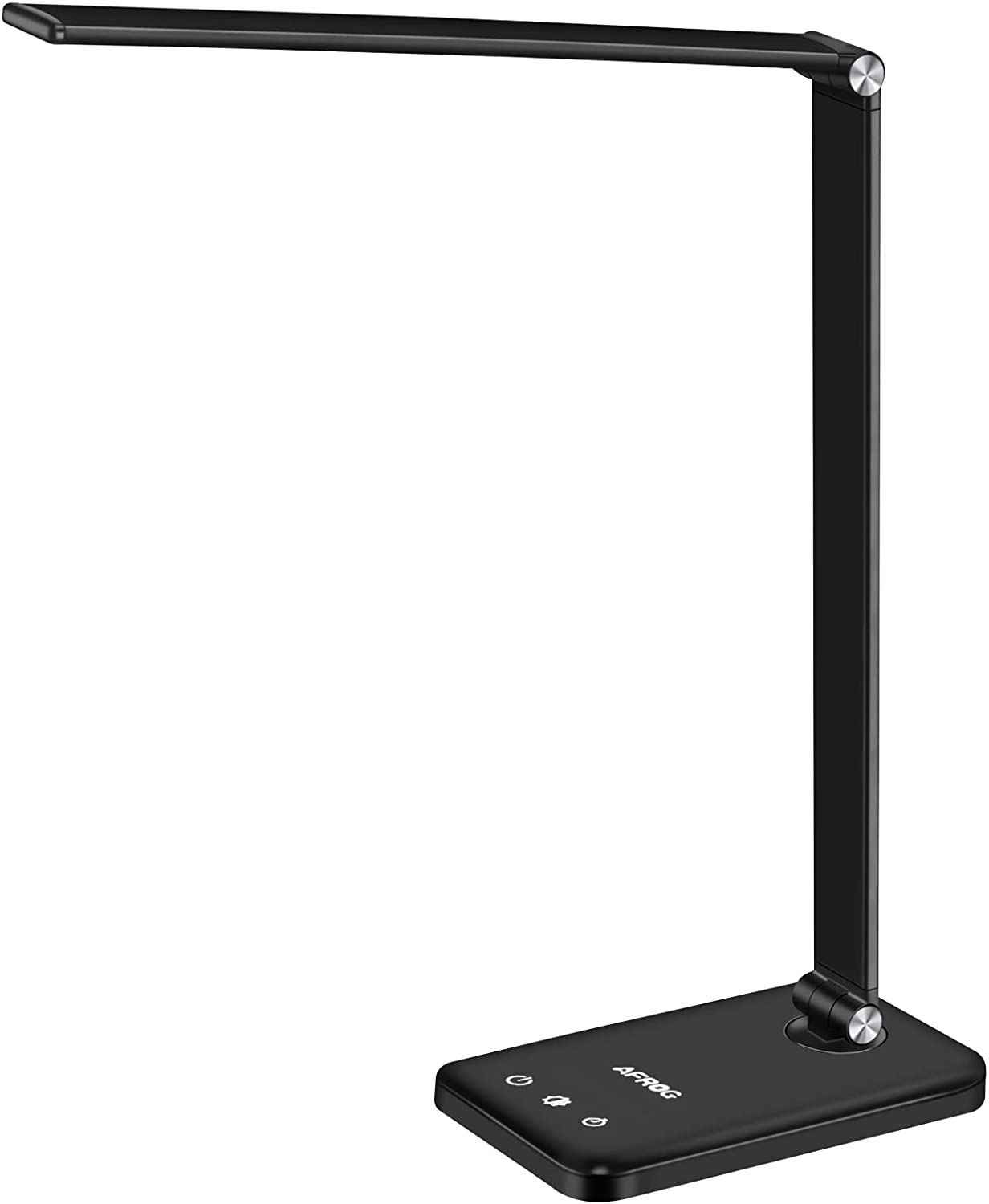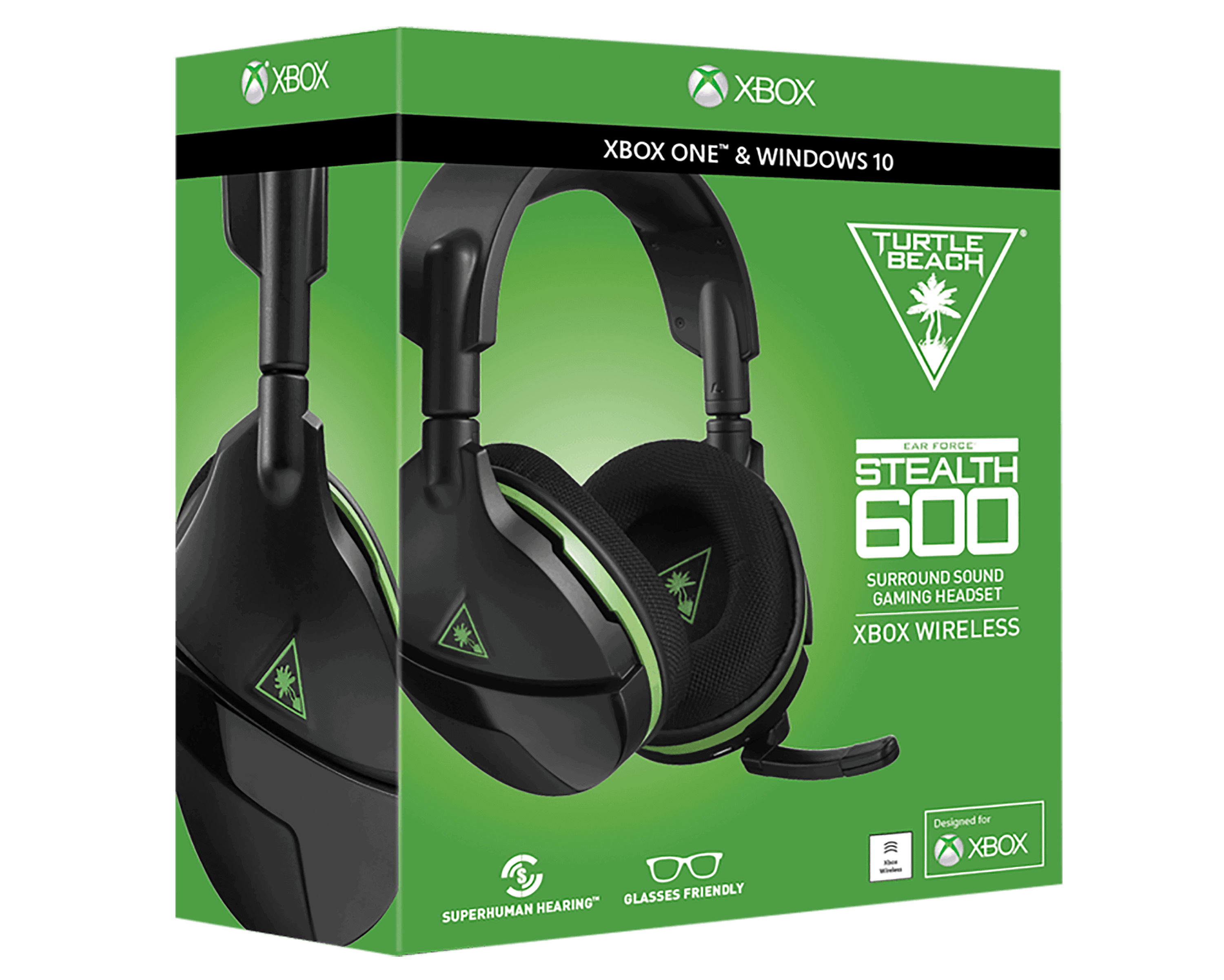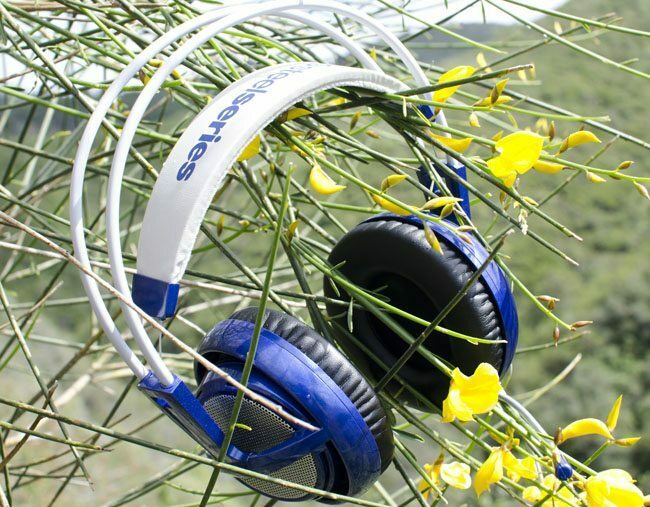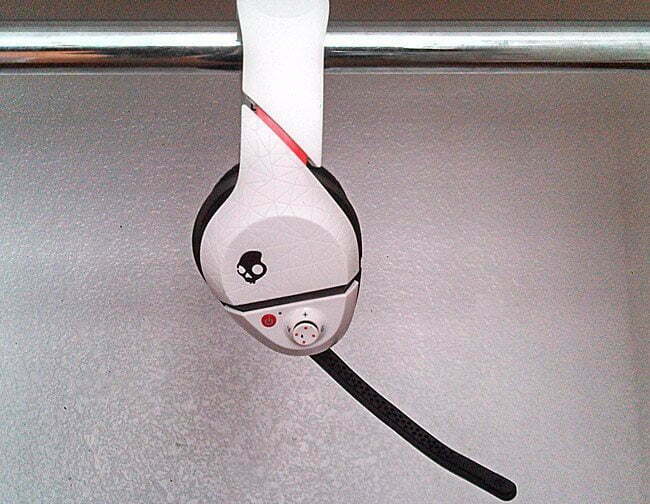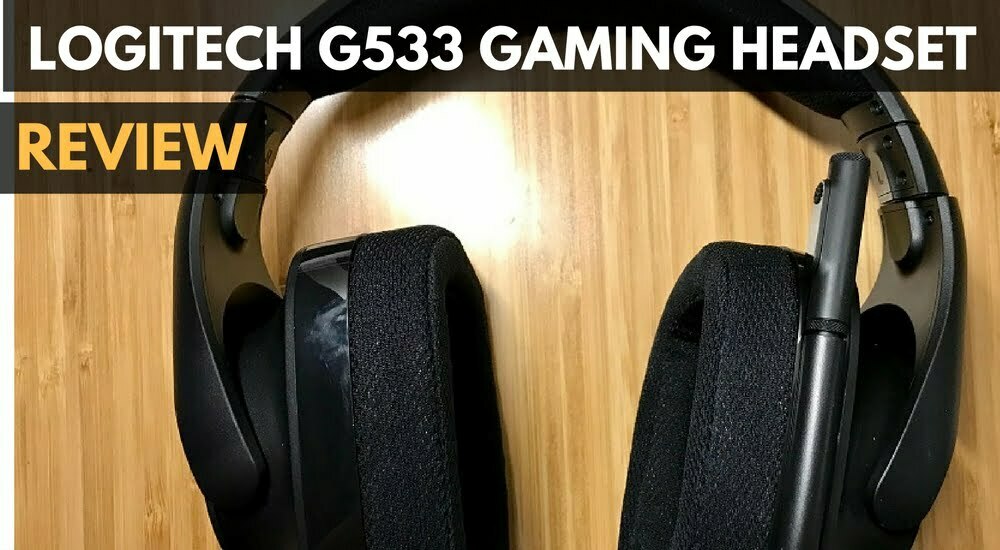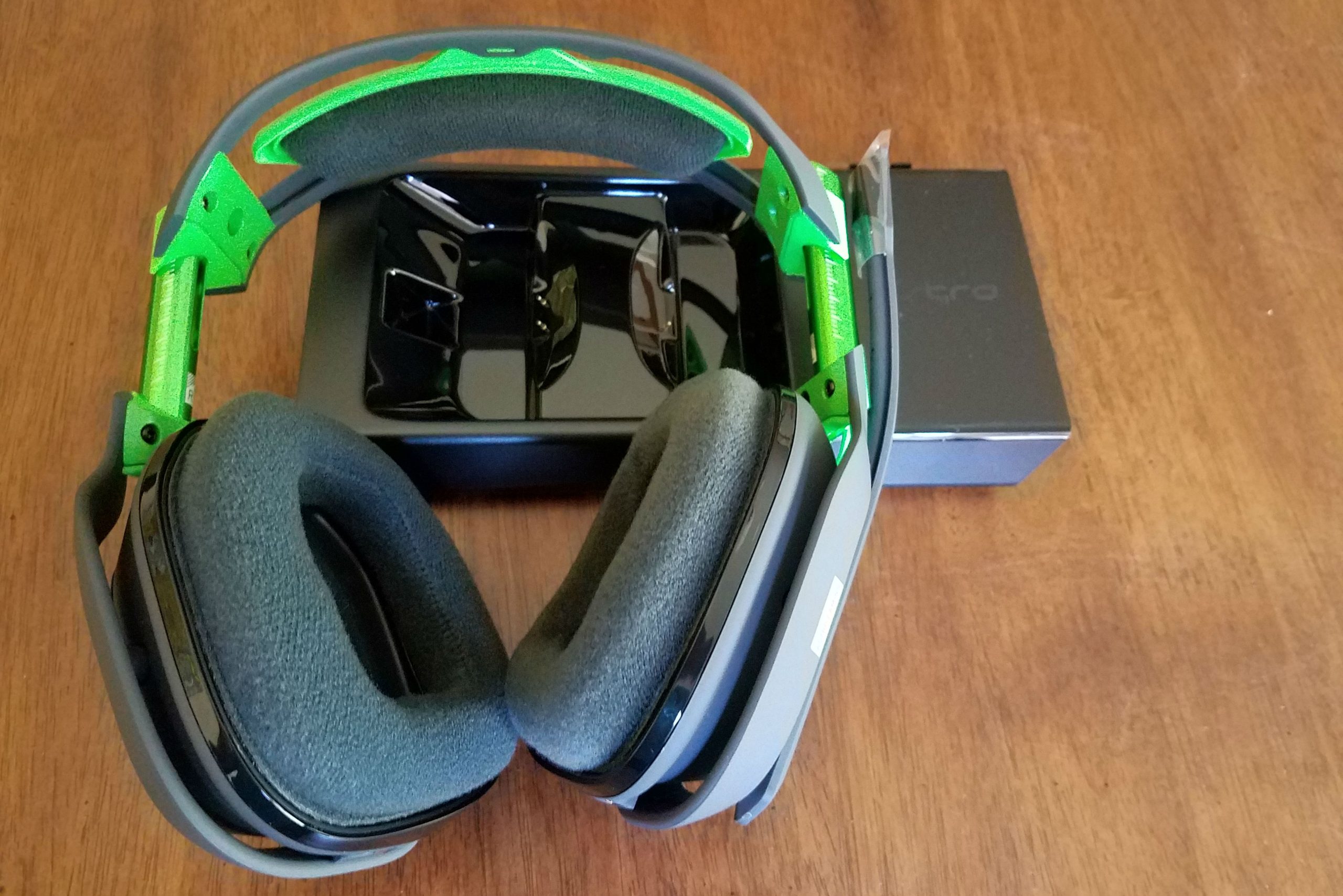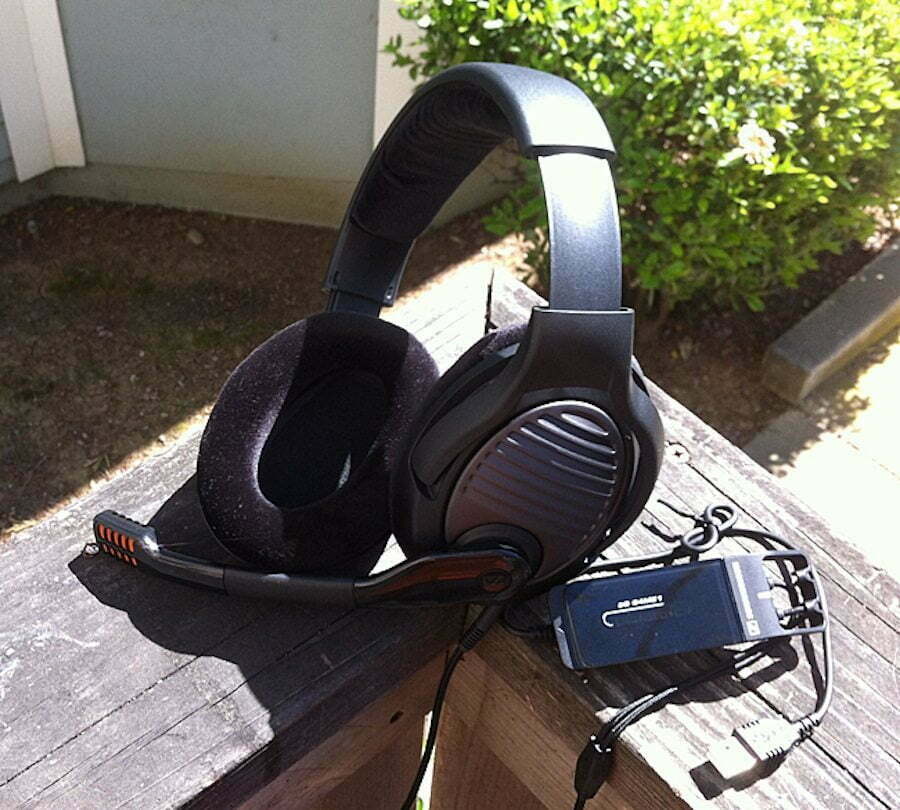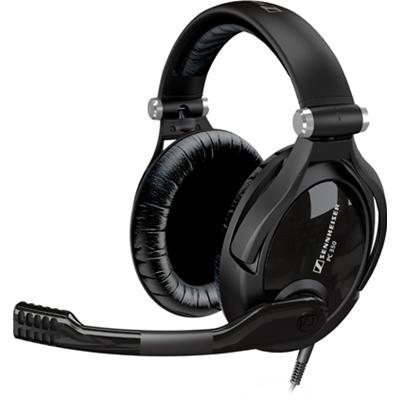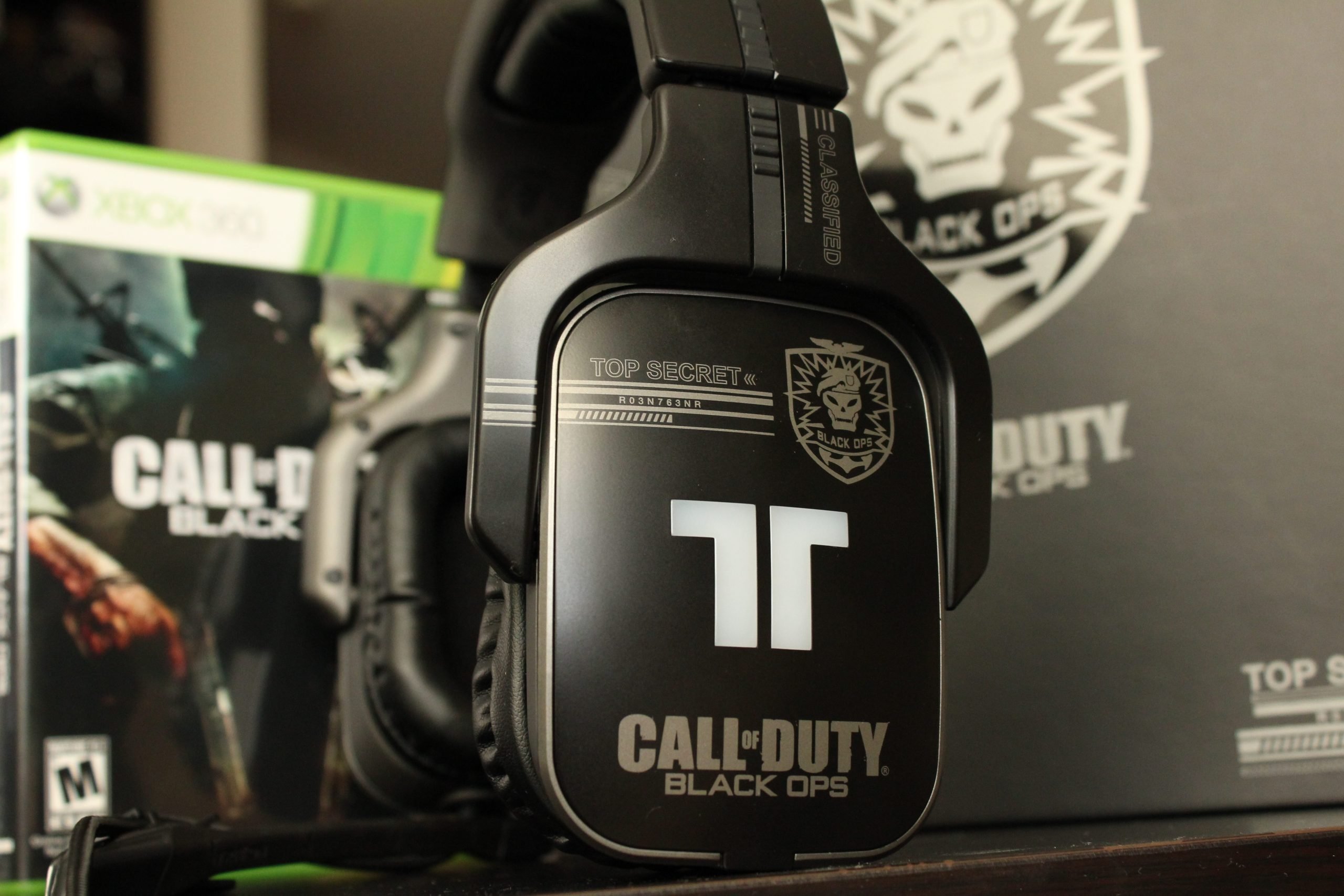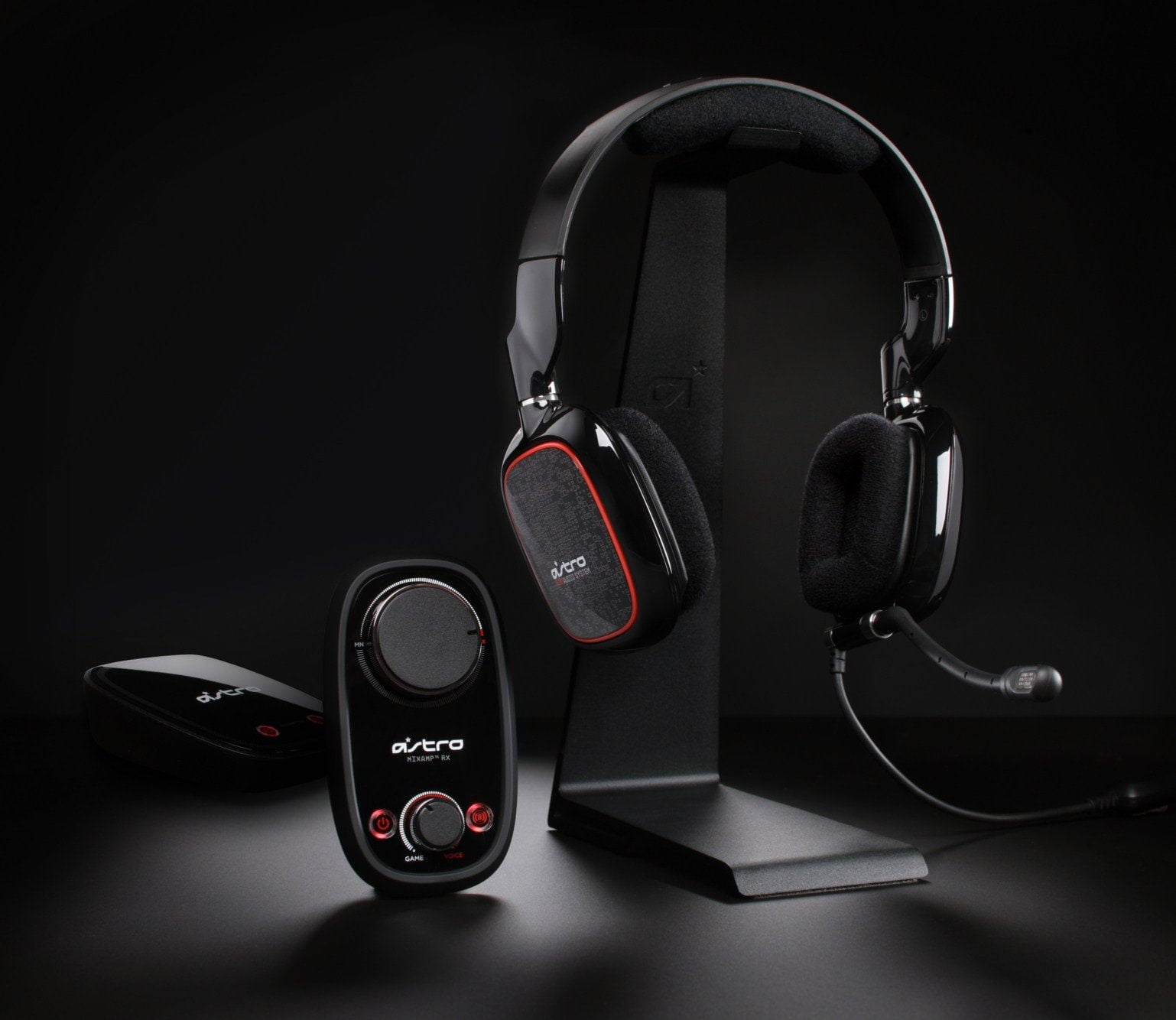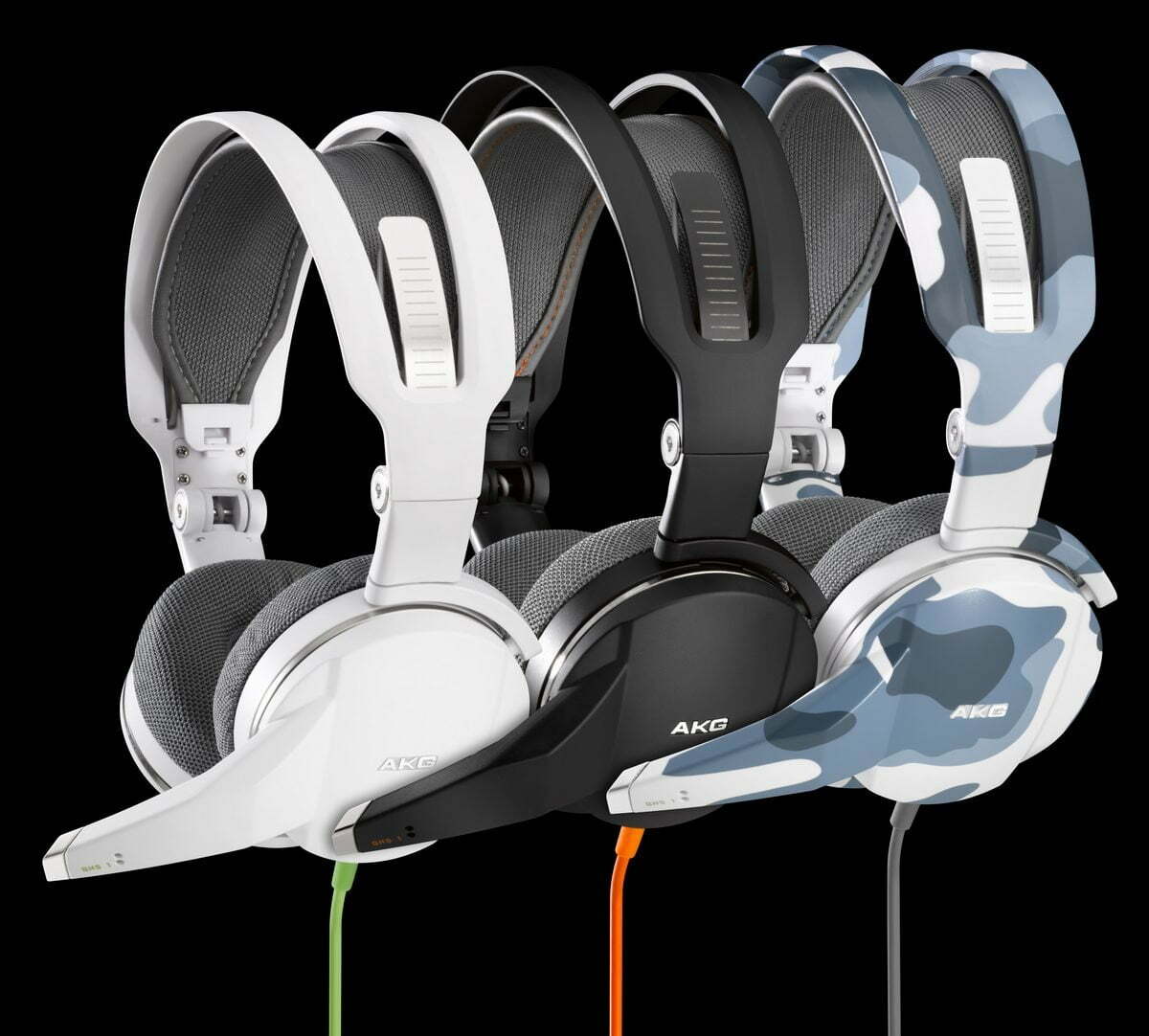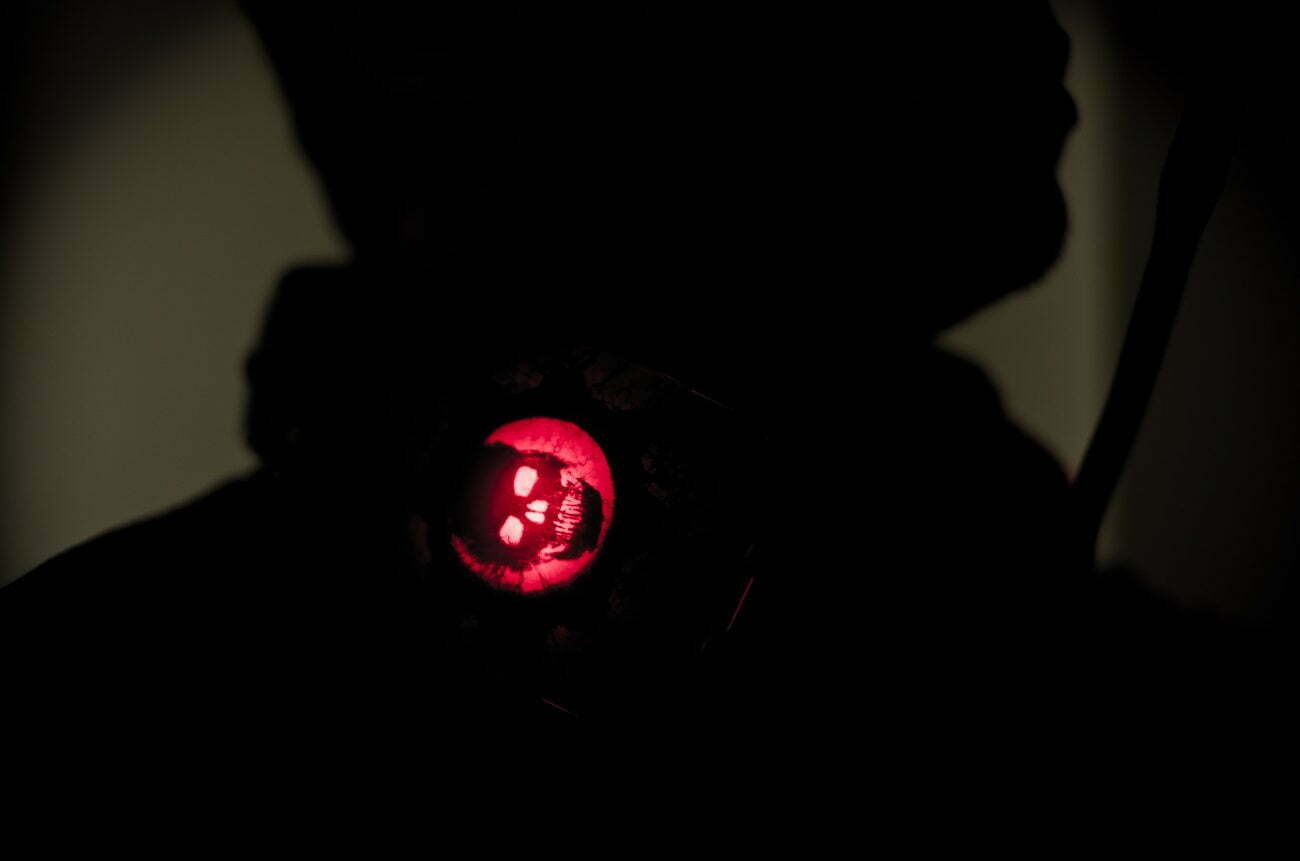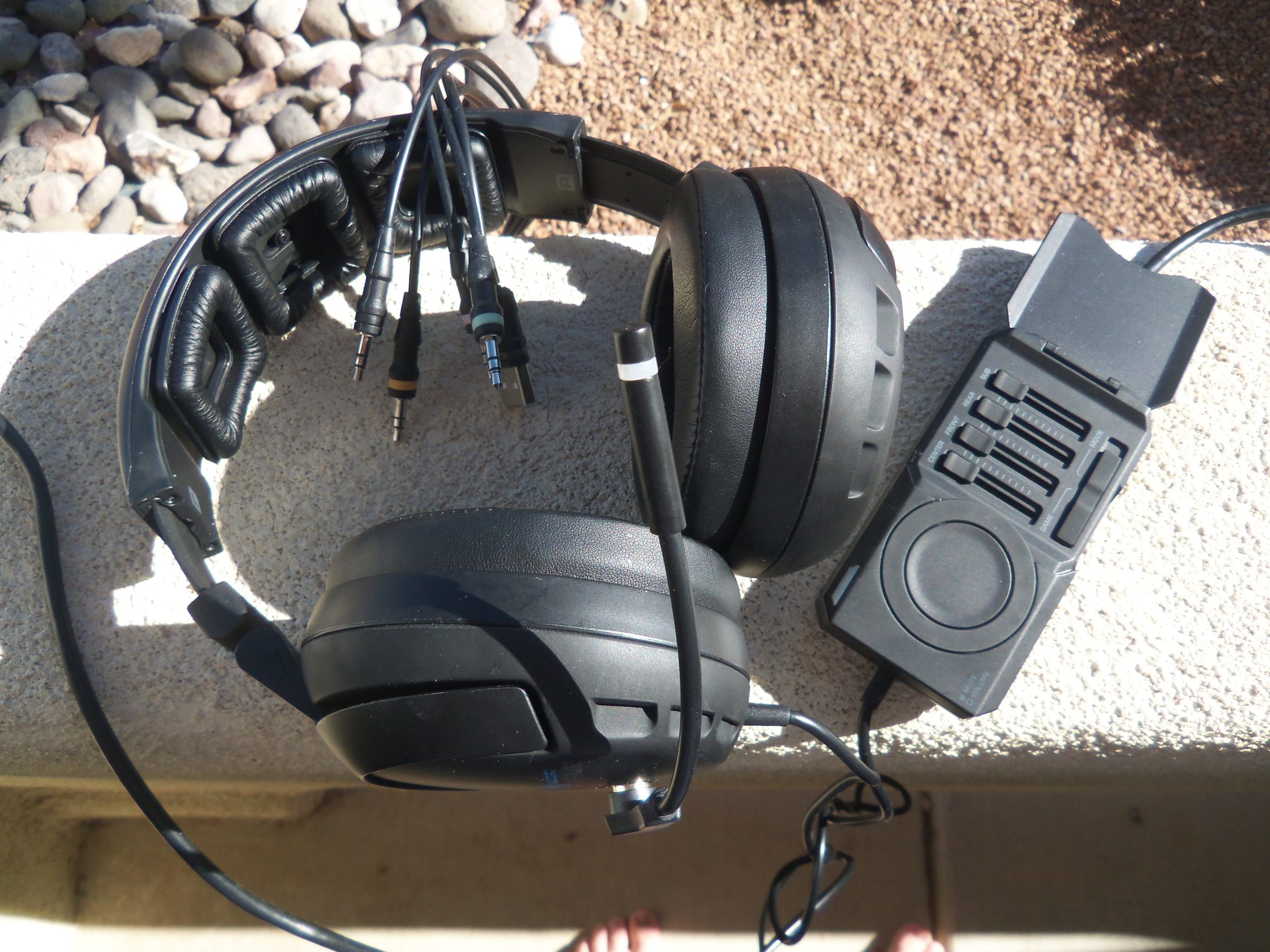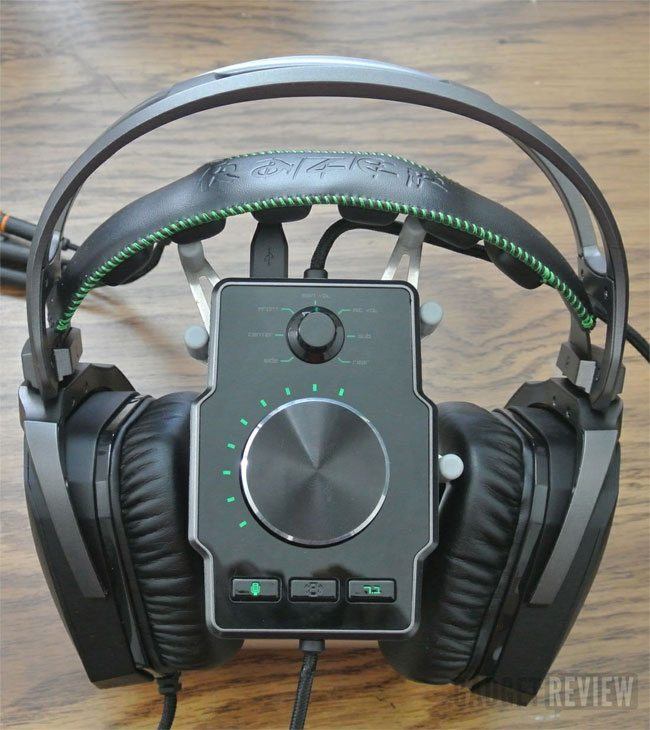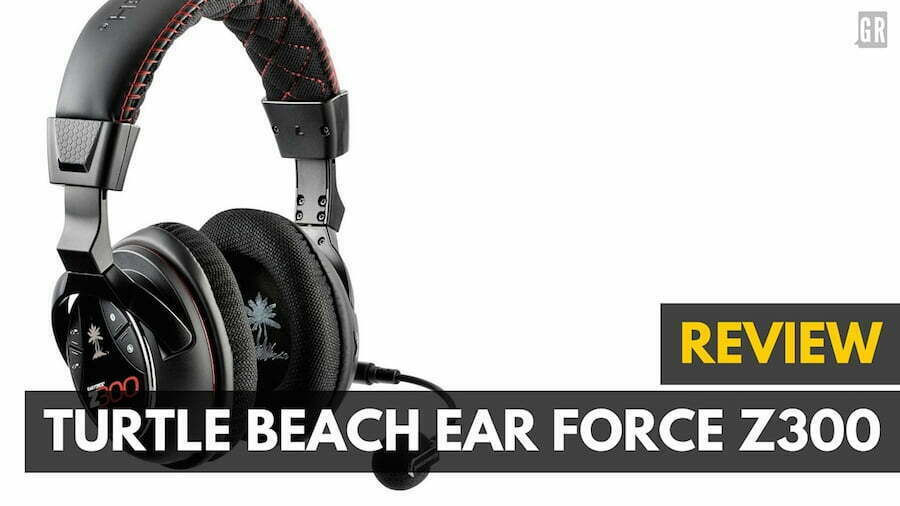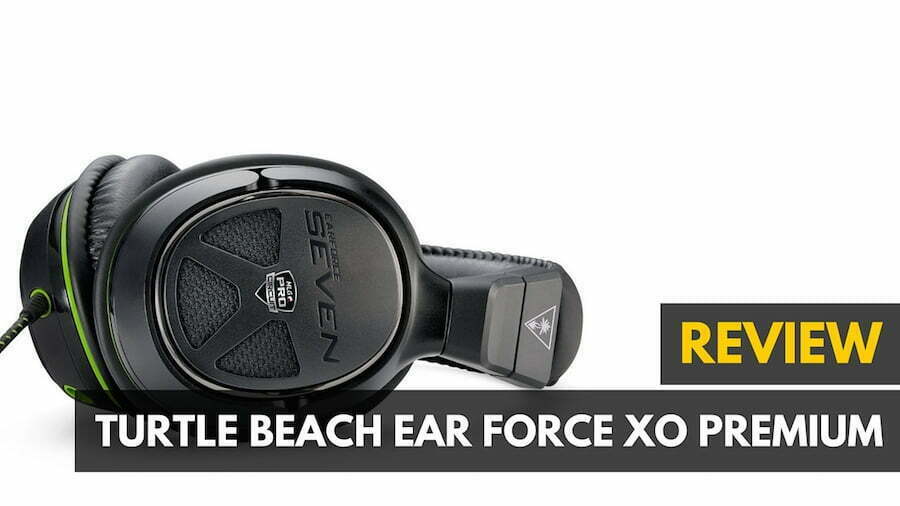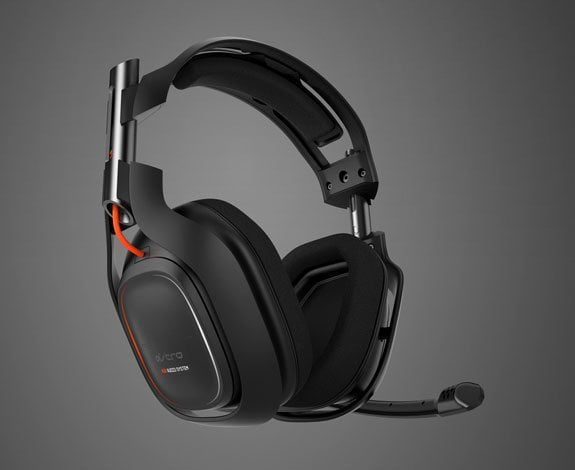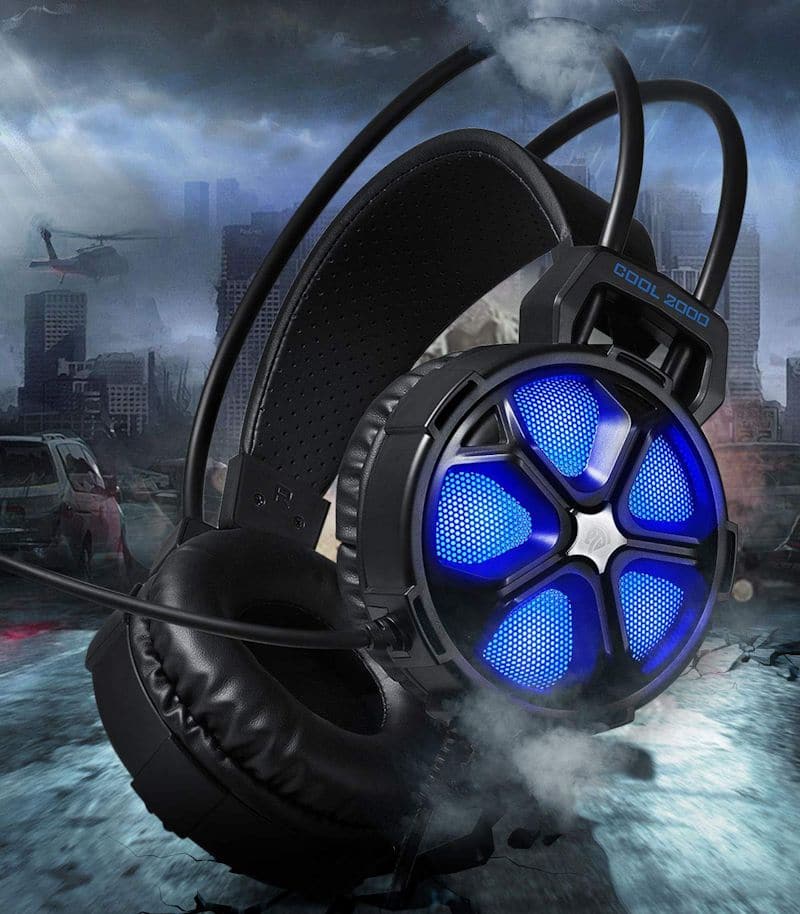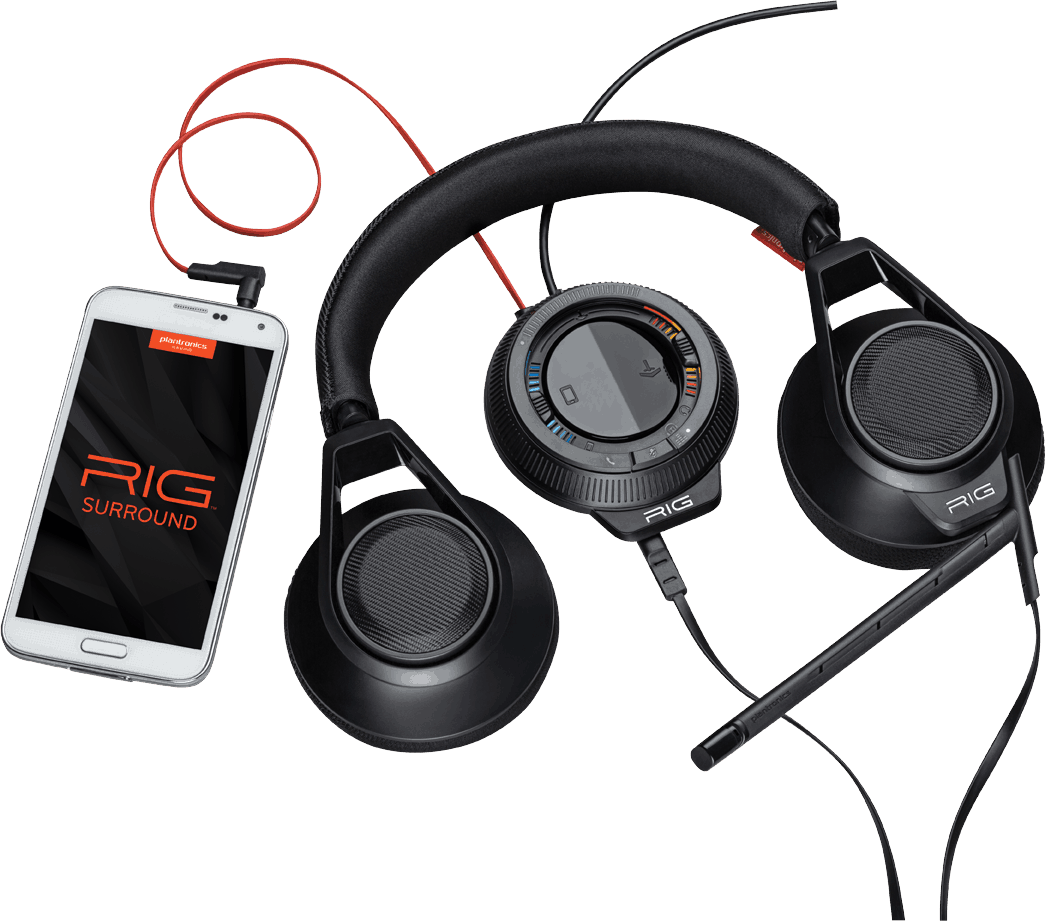Knowing how to reduce gaming headset sensitivity will keep background noise to a minimum. When your audio input is highly sensitive, it picks up all potential noise sources. This presents a huge problem.
KEY TAKEAWAYS:
- To change mic sensitivity, navigate to the audio icon in the bottom right corner of your screen. Look for input and output options.
- Choose your microphone from the drop down menu and then right-click on it. Choose “Additional Device Properties.”
- From there, play with the sliders controlling mic sensitivity until your mic sensitivity is set to your preferences.
Investing in the best gaming headset you can afford will grant some noise cancellation features. However, the active noise level might still rear its ugly head from time to time. You can easily control sound pressure levels for your headphone mic with a few quick steps.
Does Microphone Sensitivity Settings Matter?
Microphone sensitivity sets the tone for every game you play. Interacting with others using mic audio allows you to correspond in real-time while gaming. However, when microphone sensitivity settings are too high, unwanted noise can ruin the experience.
Insider Tip
Clean your audio port regularly to ensure that you don’t compromise input volume due to a clogged audio jack or USB port.
How to Fix the Sensitivity on my Gaming Headset Mic
Other issues can adversely affect your experience, like a headphone cable getting in the way. Knowing how to make a wired gaming headset wireless will help with a stray headphone cable.
STEP 1
Plug your microphone cable into your headphone port. Ensure that every headset driver is downloaded correctly and in working order.
STEP 2
Navigate to the speaker icon. You’ll find it on the bottom right of your screen, the opposite side the search bar is on.
STEP 3
Right-click on the sound icon and choose “Sound Settings” from the menu that pops up. From there, check that your headphone mic audio is the currently selected audio input device.
STEP 4
Now, go to “Device Properties” then “Additional Device Properties.” This should bring you to a few options. Play with the microphone levels tab, sliding it up and sound to adjust sound pressure levels.
STEP 5
Once you have the correct noise level, you shouldn’t have any abnormal sounds. Your speech-to-noise ratio should be regulated. Test this using the built-in system your computer provides.
STEP 6
If you’re satisfied with the resolution of your microphone issues, your microphone setup is complete. Should there be another issue, it’s most likely an audio port issue, not a software issue. Knowing how to repair a gaming headset plug might be your next step.
Warning
Volume control is a crucial component of headphone safety, so be careful when increasing audio units and sound pressure levels.
F.A.Q.S
What are good headphone sensitivity ratings?
Headphone specifications are up to the user. This falls between 90-105 dB SPL/mW for a regular pair of headphones. Headphone sensitivity rating is only one factor that matters, however.
What is a microphone boost?
Sometimes headphone manufacturers don’t provide the best sound source for their products. Because of this, Windows includes a feature to “boost” an audio input device so others can hear you more clearly.
Are higher sensitivity headphones better?
While higher sensitivity headphones have their perks, lower sensitivity headphones won’t force you to play with mic sensitivity and other settings.
How does headphone impedances affect my pair of headphones?
Essentially, the higher the impedance, the higher the audio units required. It’s the power sensitivity of headphones and dictates what headset volume they’re capable of producing.
STAT: In October 2020, 100% of Steam users used a microphone. (source)
REFERENCES:
- http://citeseerx.ist.psu.edu/viewdoc/summary?doi=10.1.1.309.4153
- http://www2.hawaii.edu/~wangch/courses/ACM374/Material/notes/mics.htm
- https://www.analog.com/en/analog-dialogue/articles/understanding-microphone-sensitivity.htmlr
- http://artsites.ucsc.edu/EMS/Music/tech_background/TE-20/teces_20.html
- https://greatergood.berkeley.edu/article/item/how_to_deal_with_sensory_overload_as_a_sensitive_person















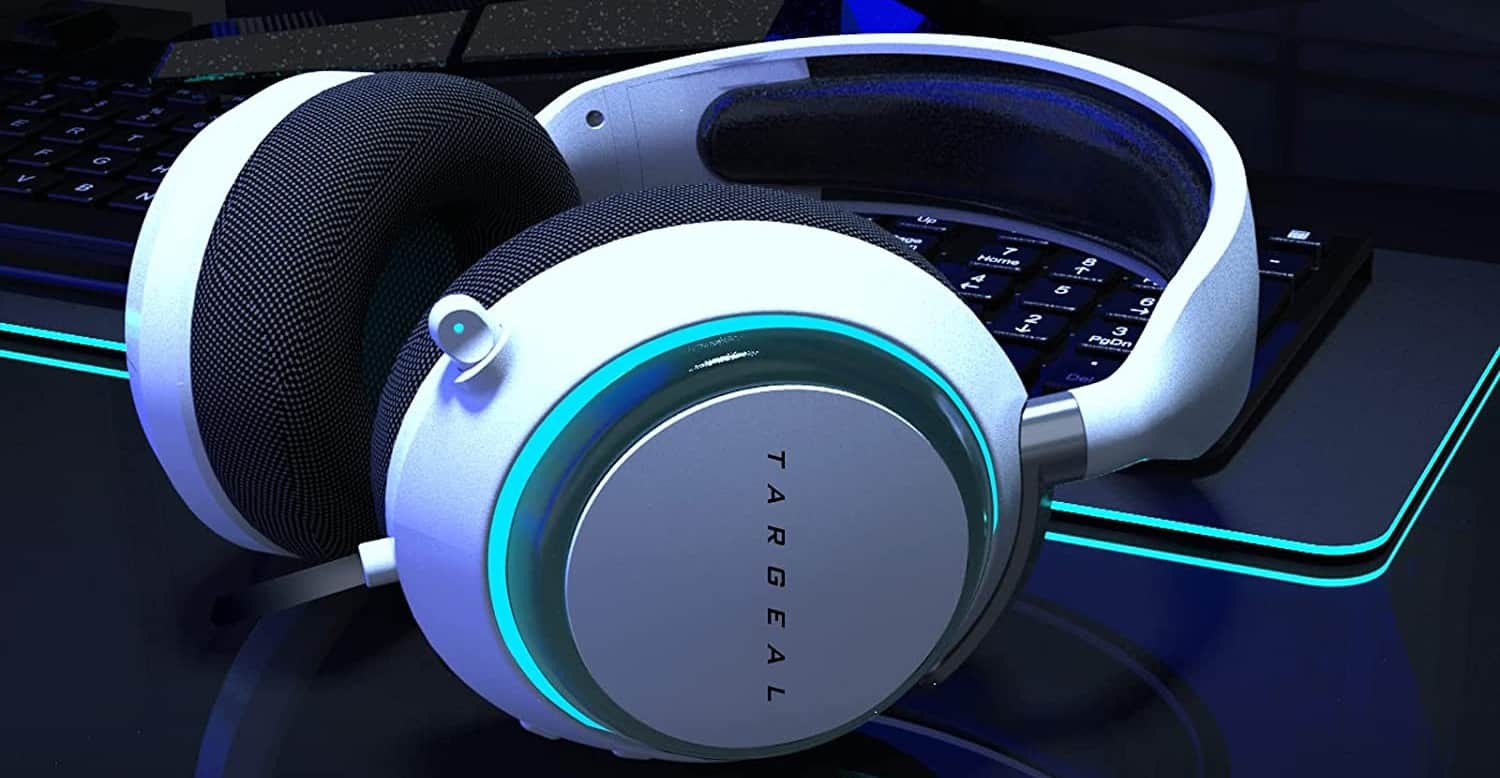
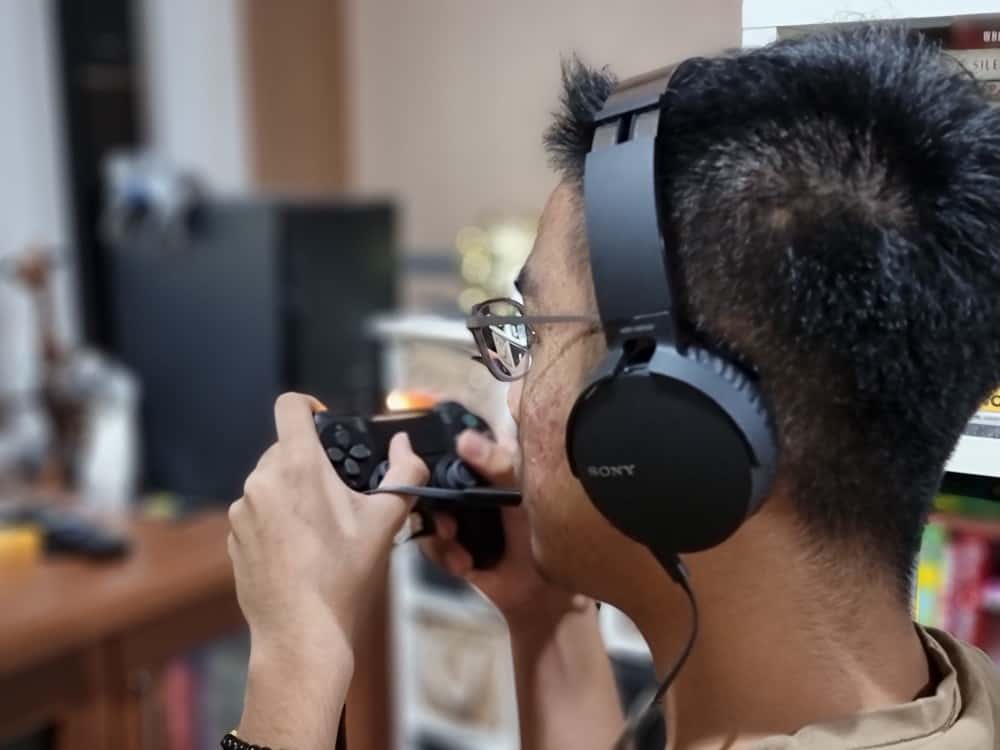
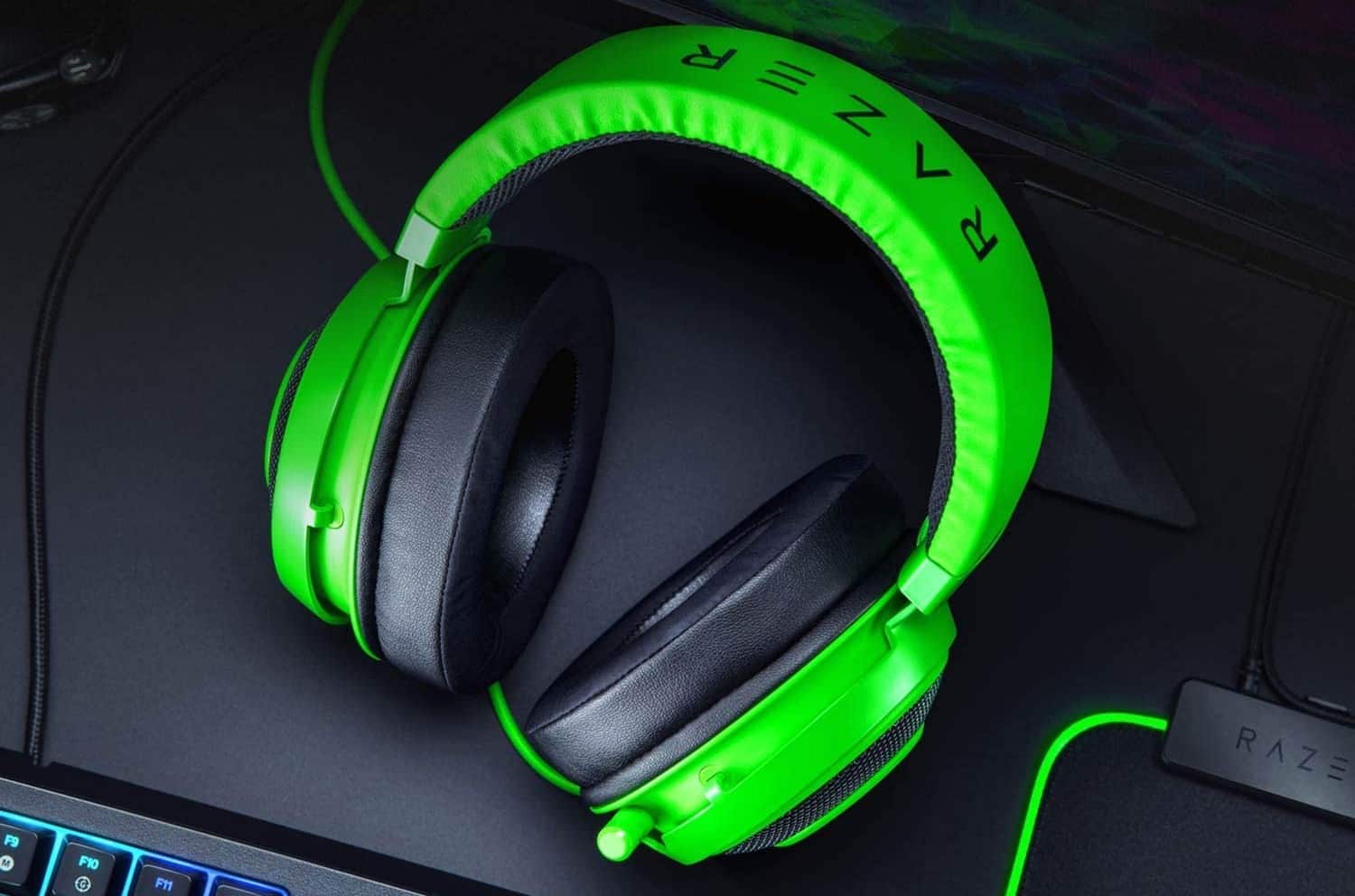
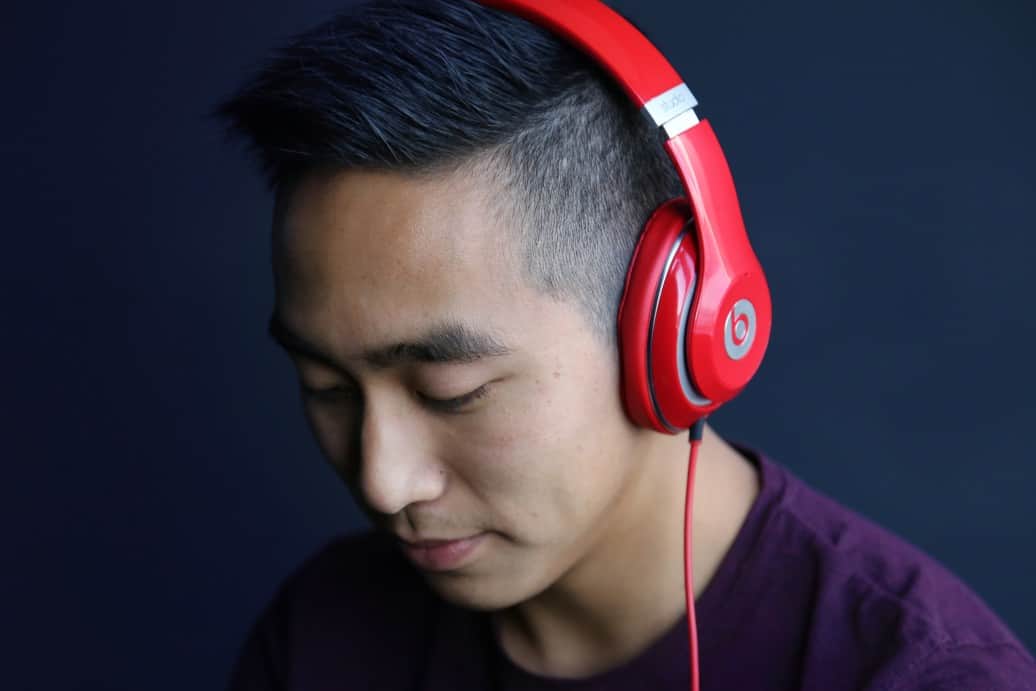
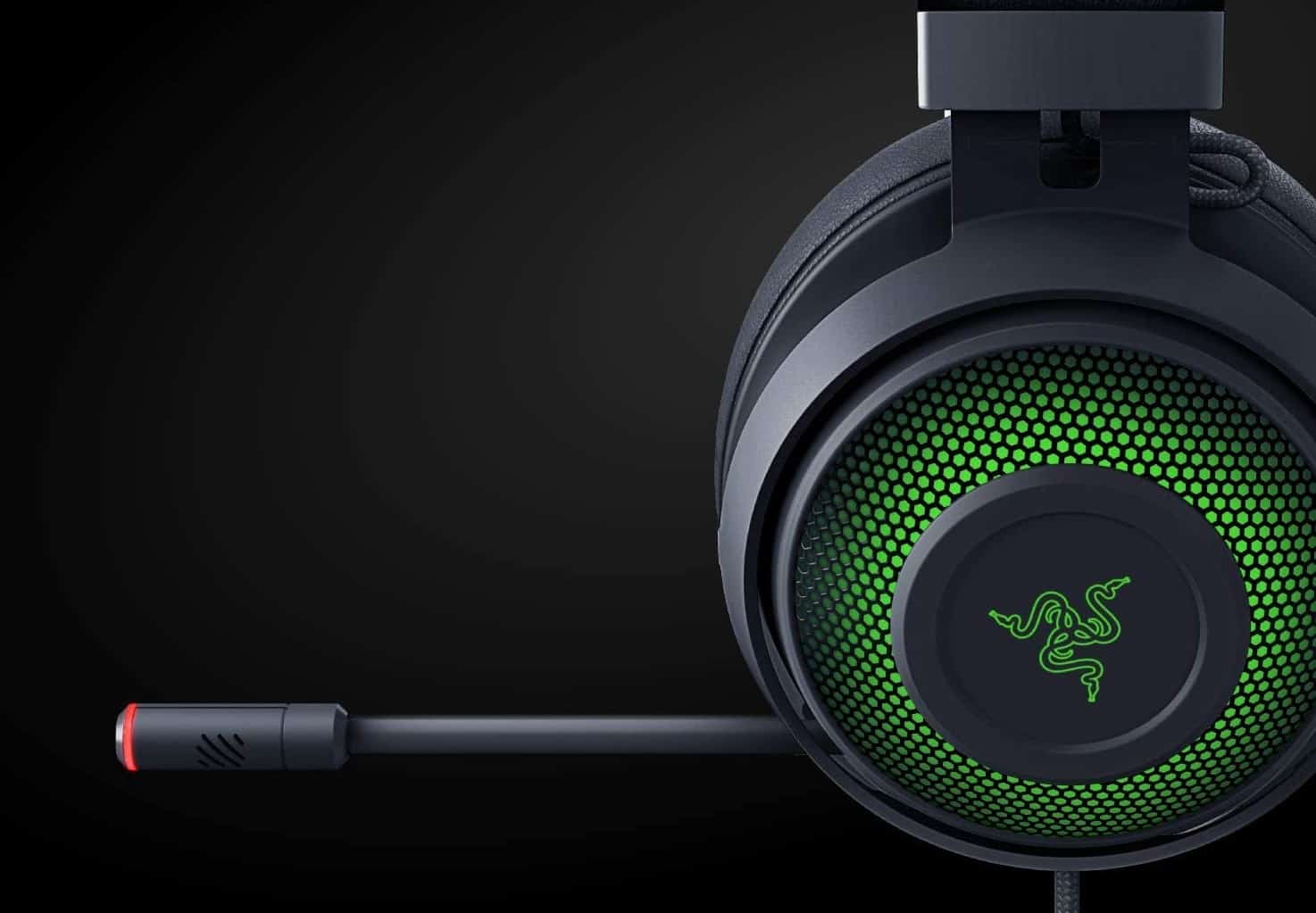
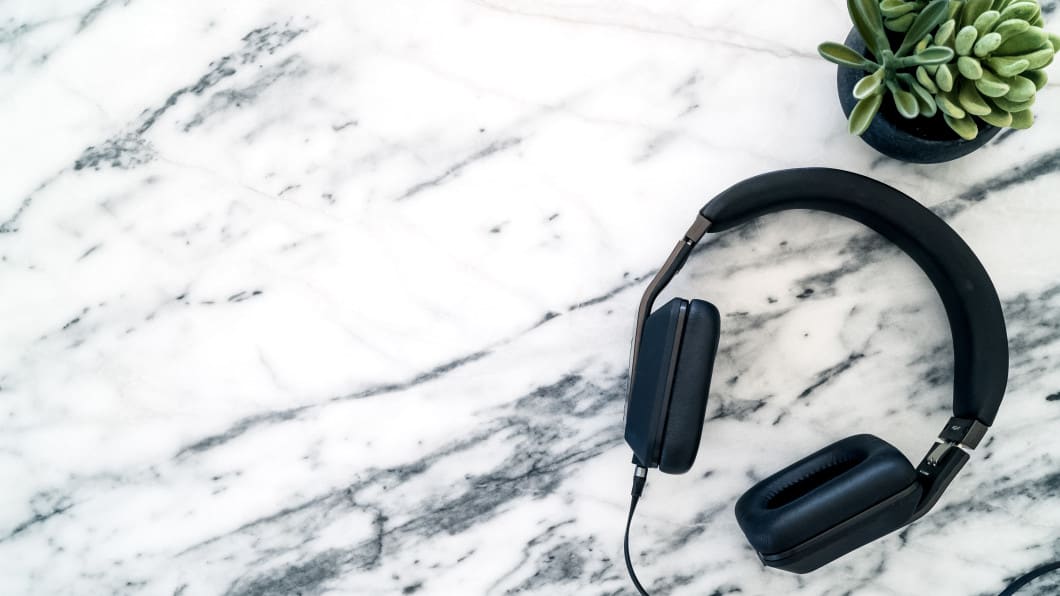
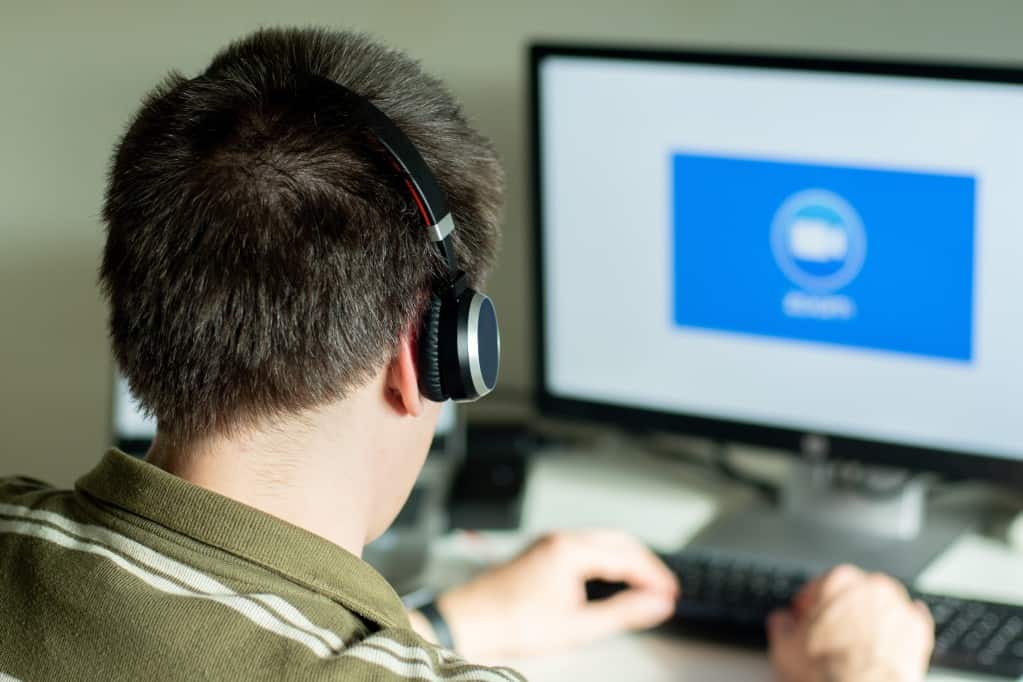
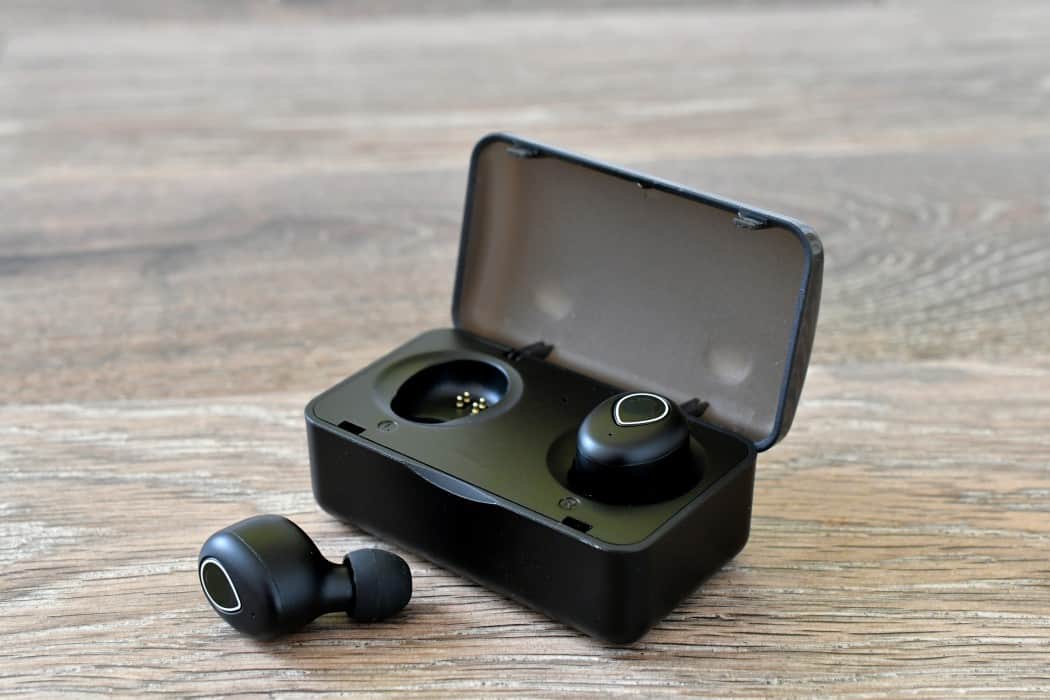
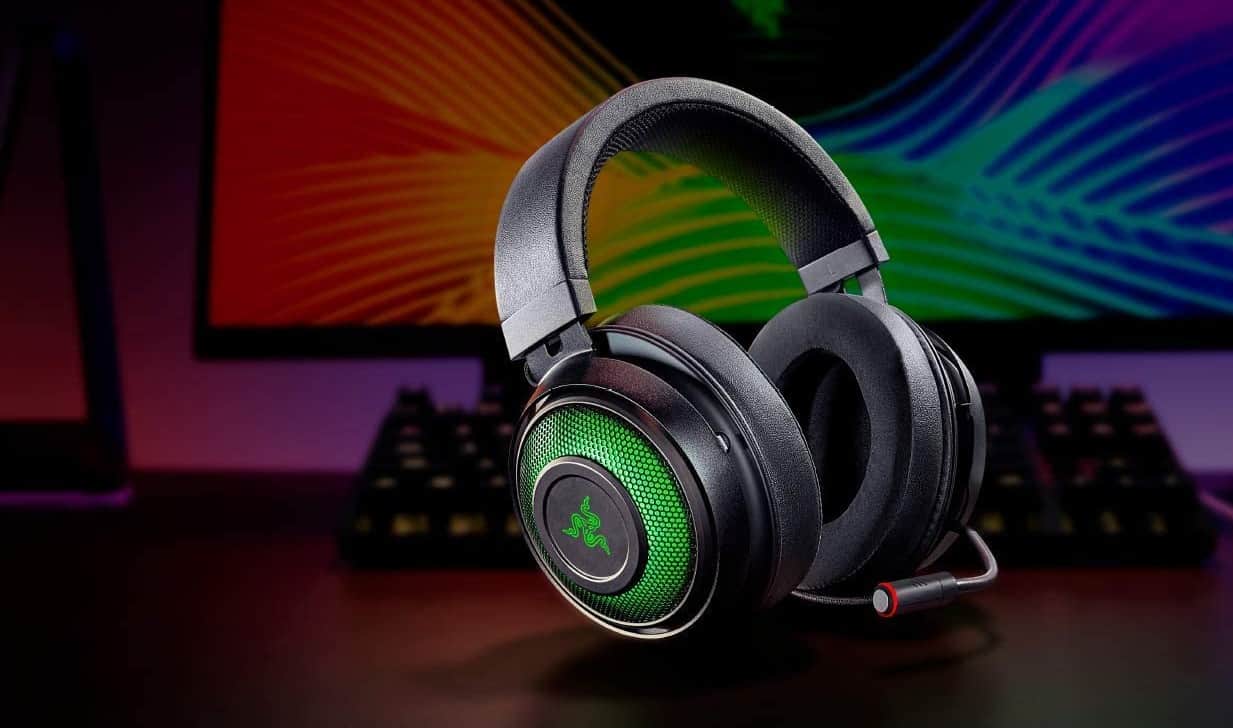
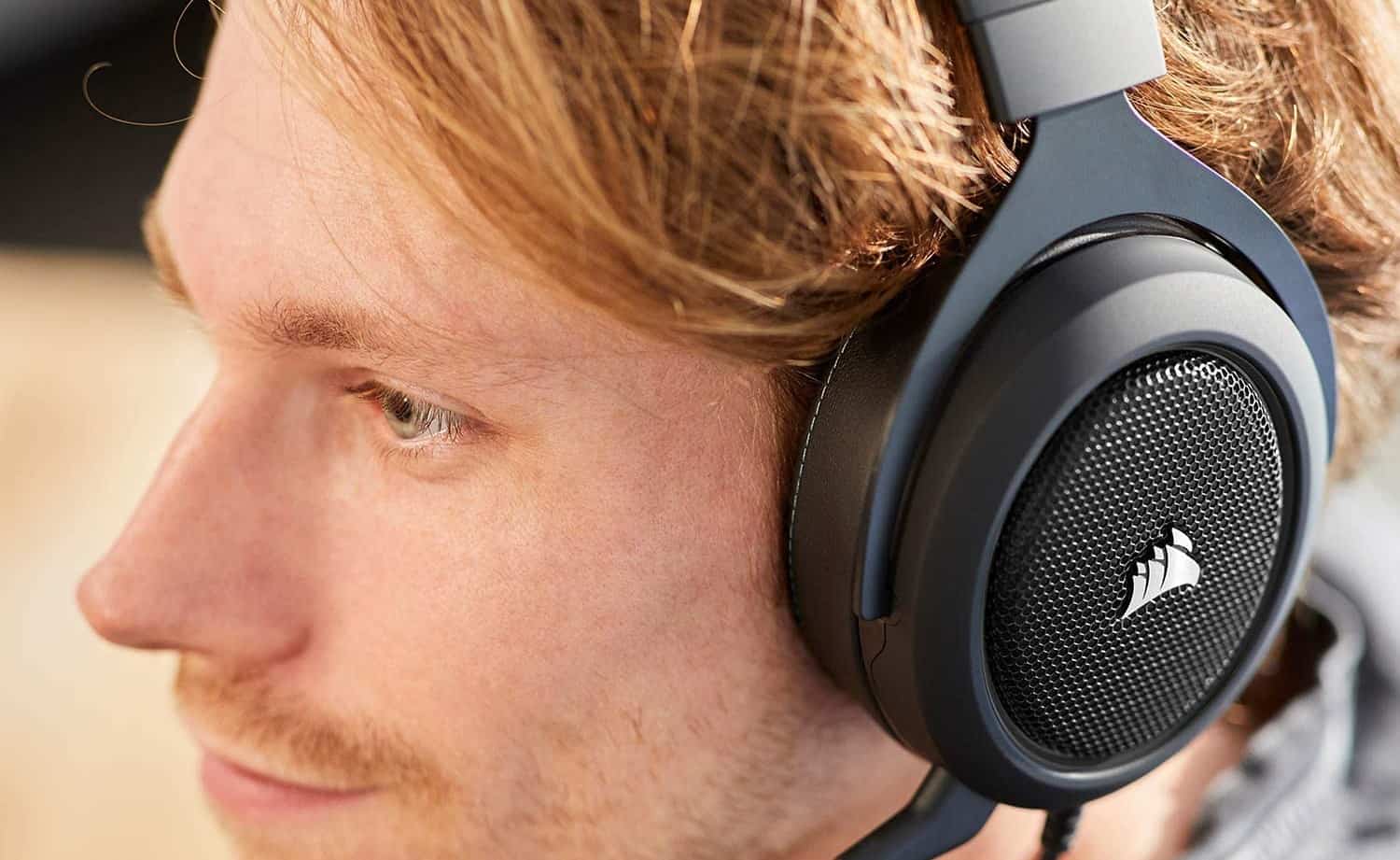
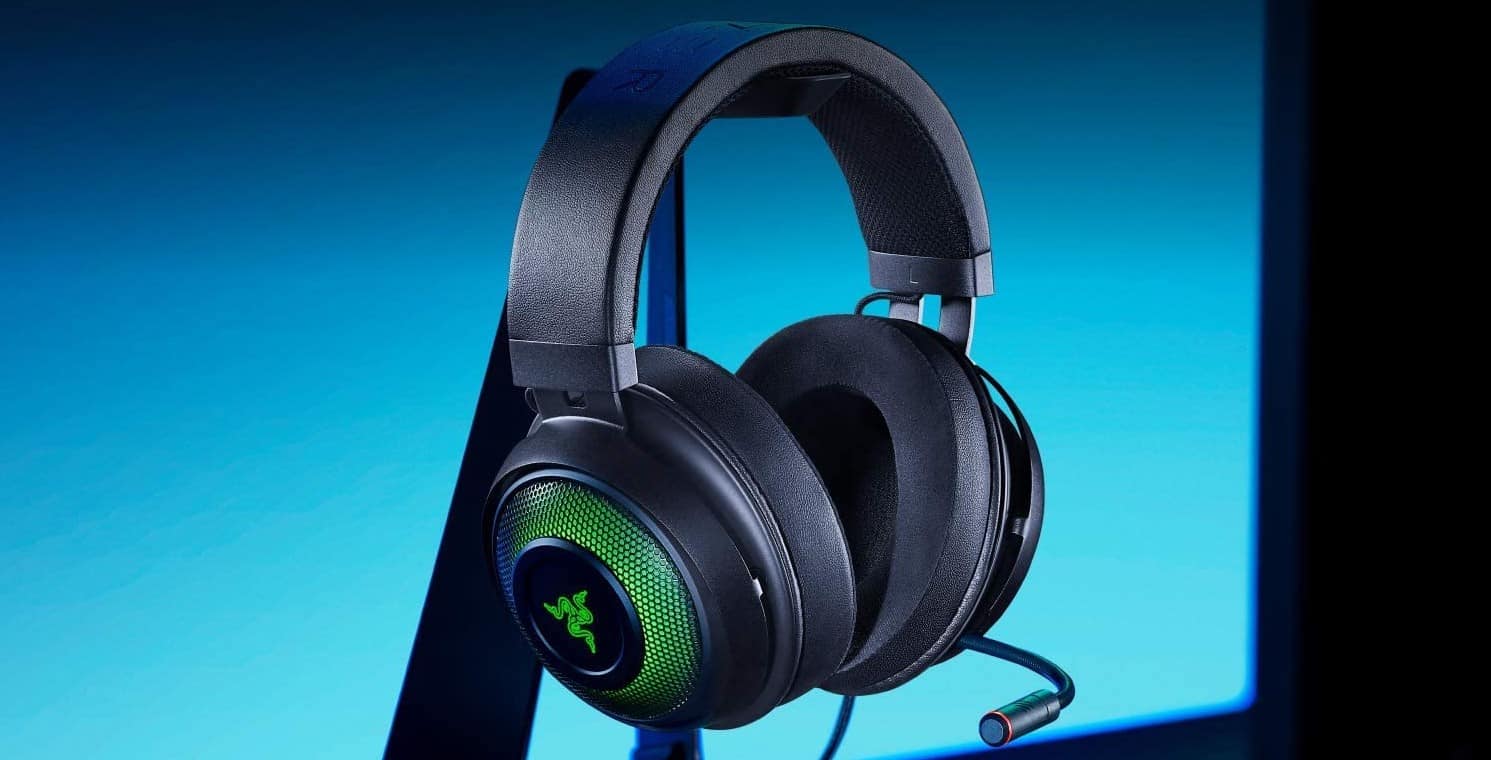
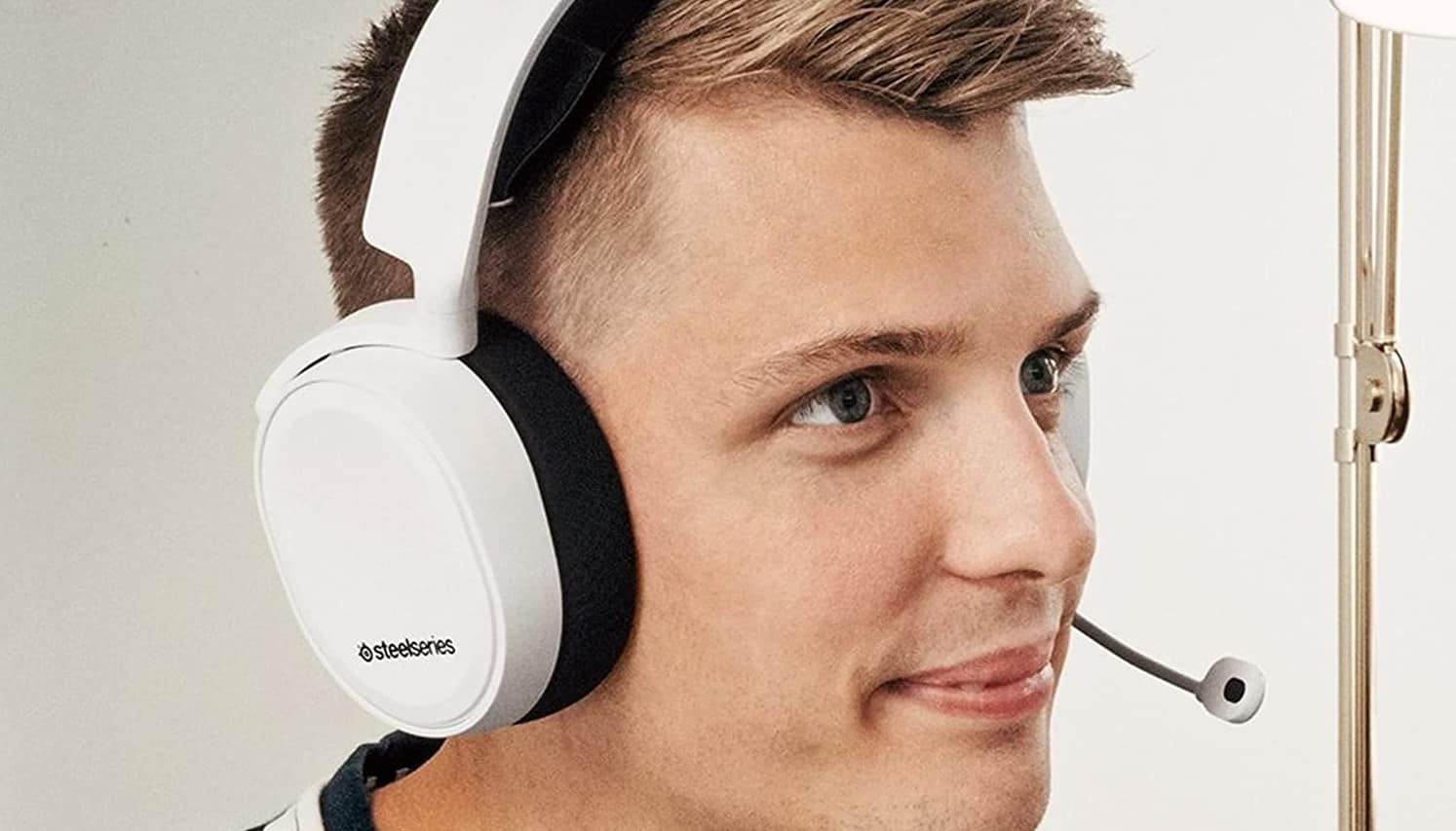
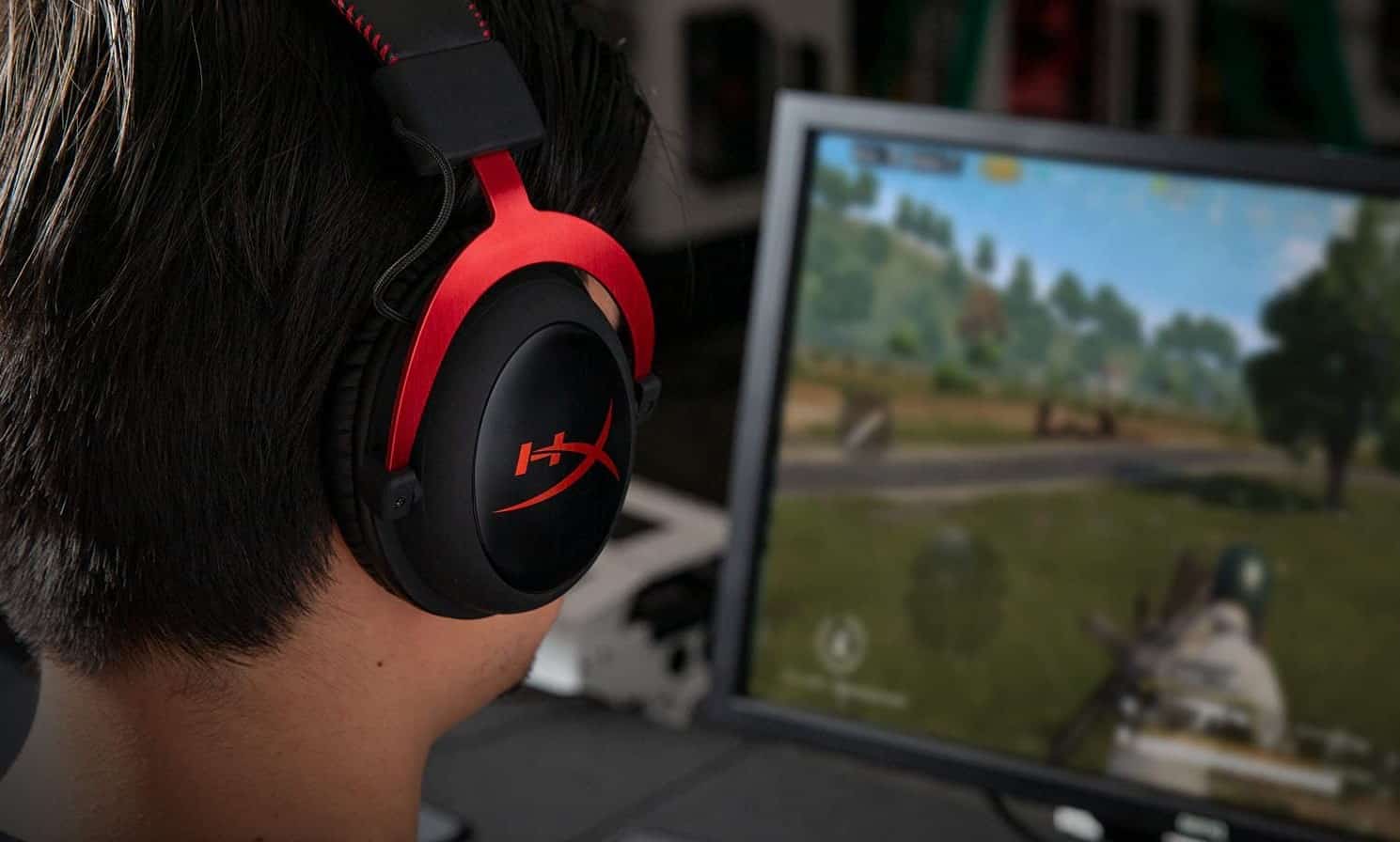
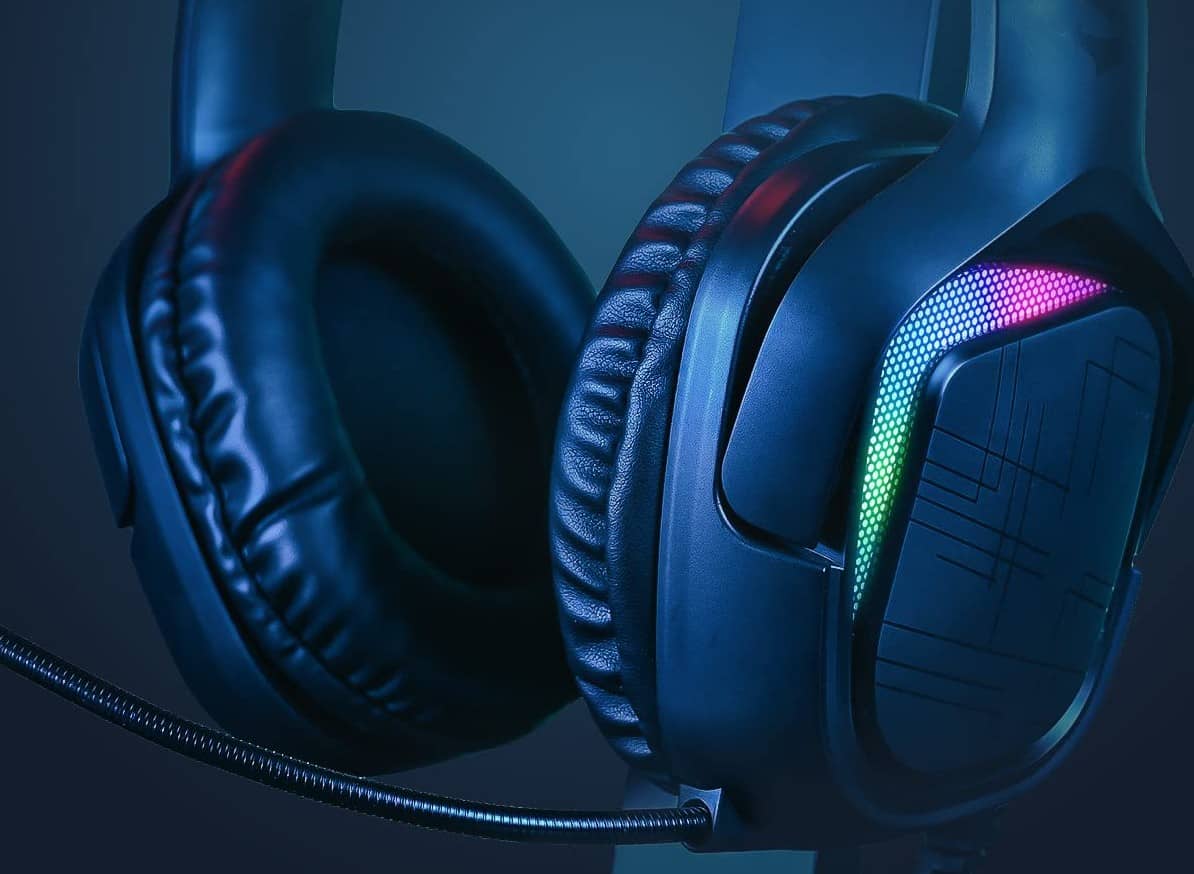
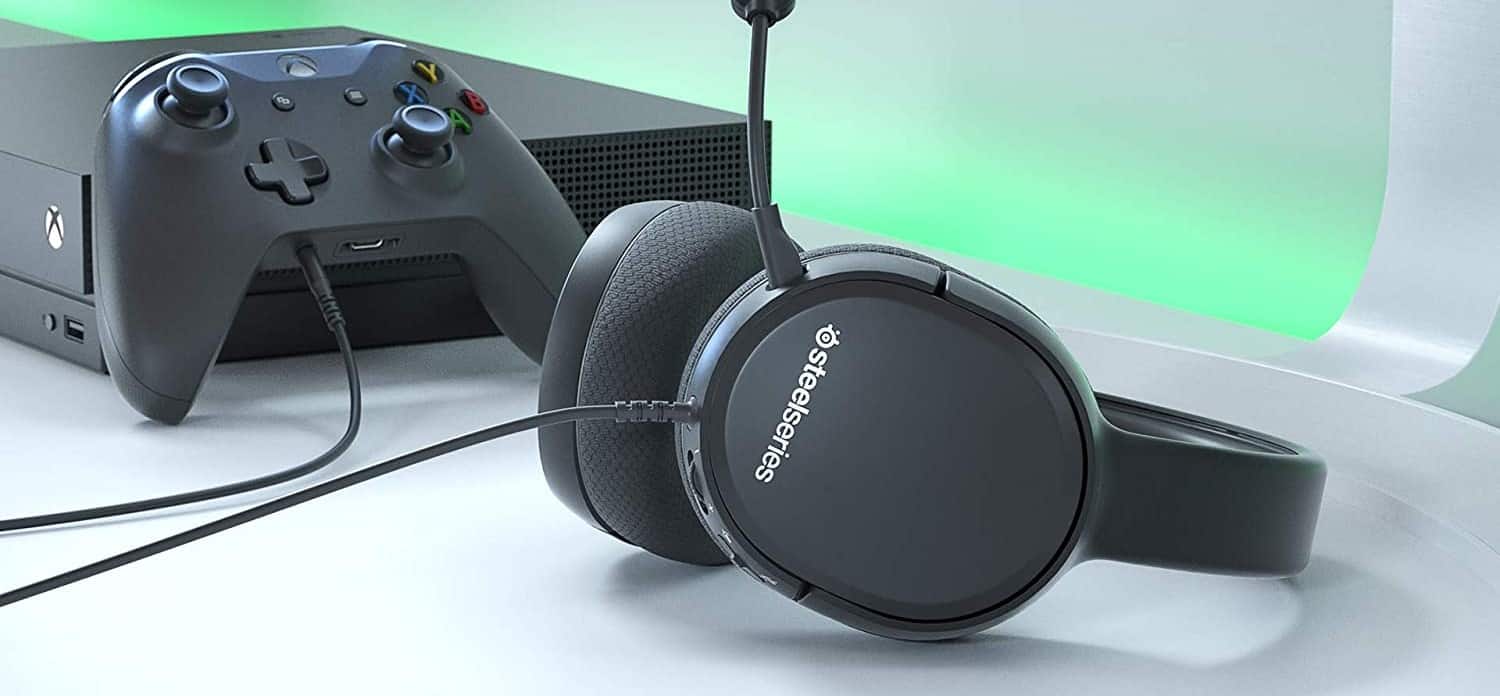
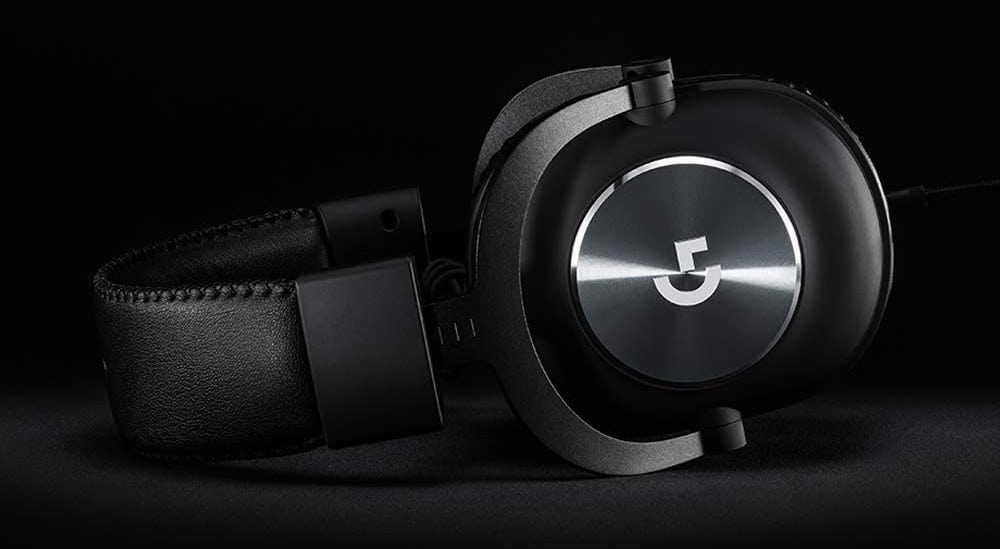
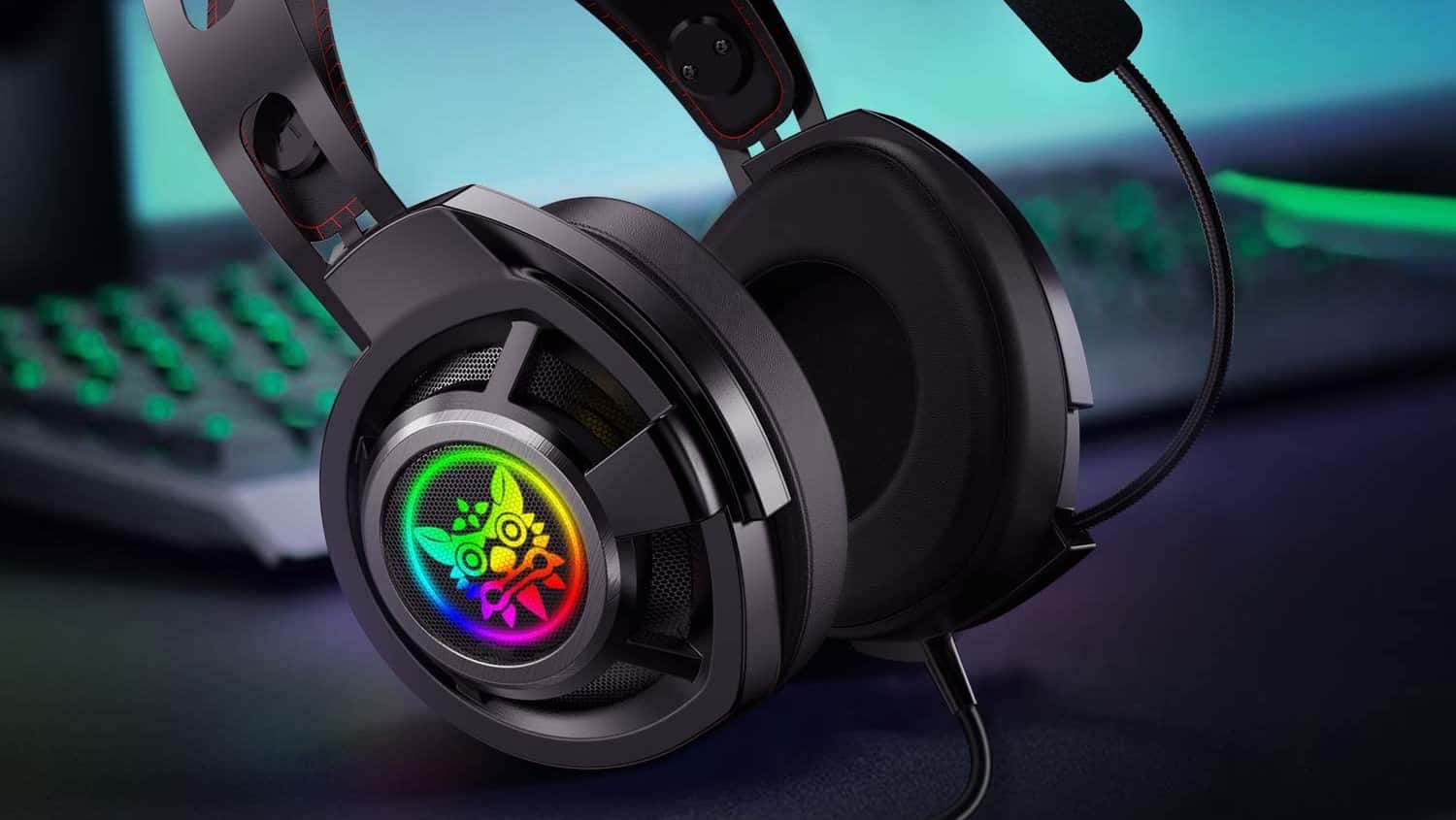
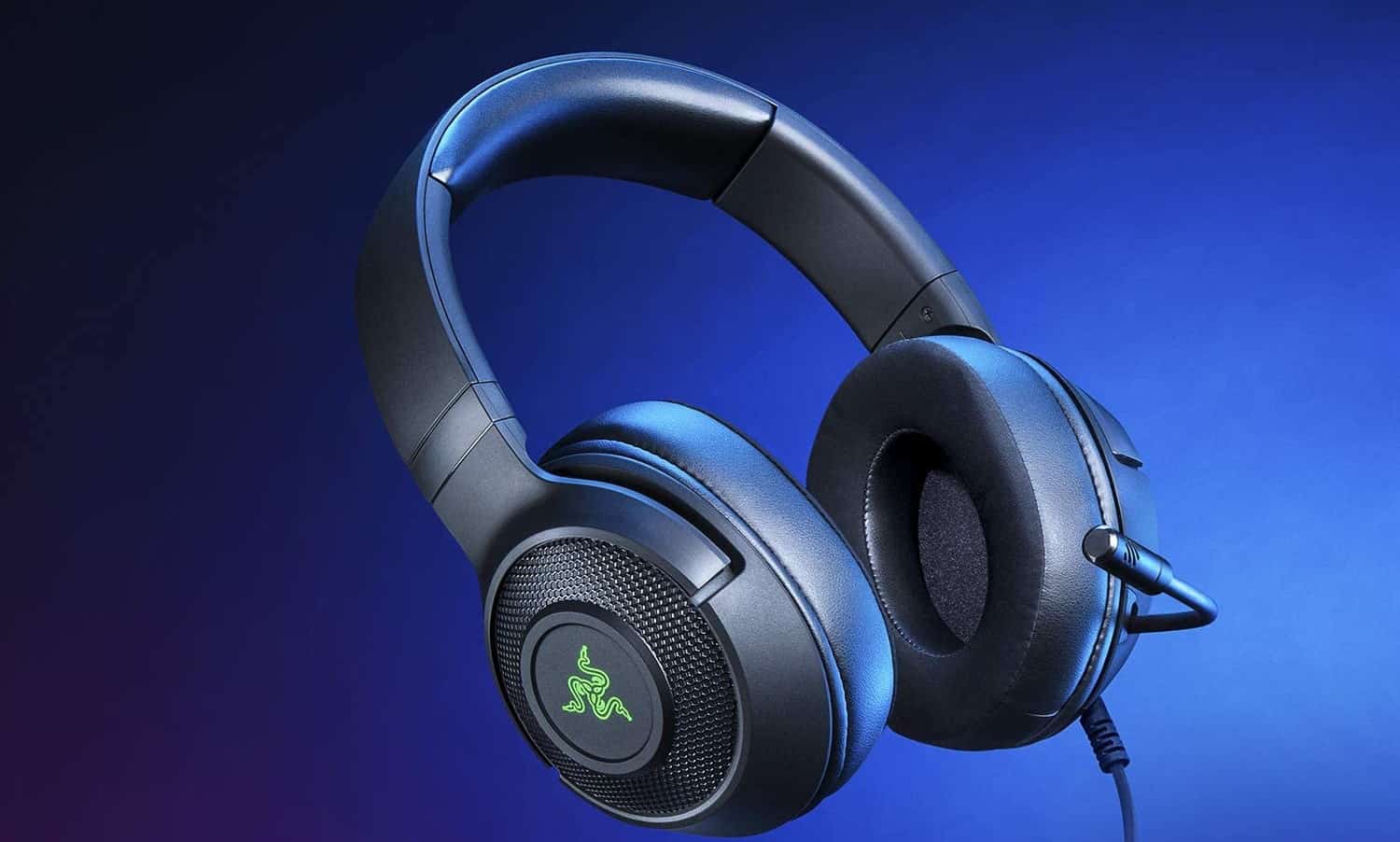
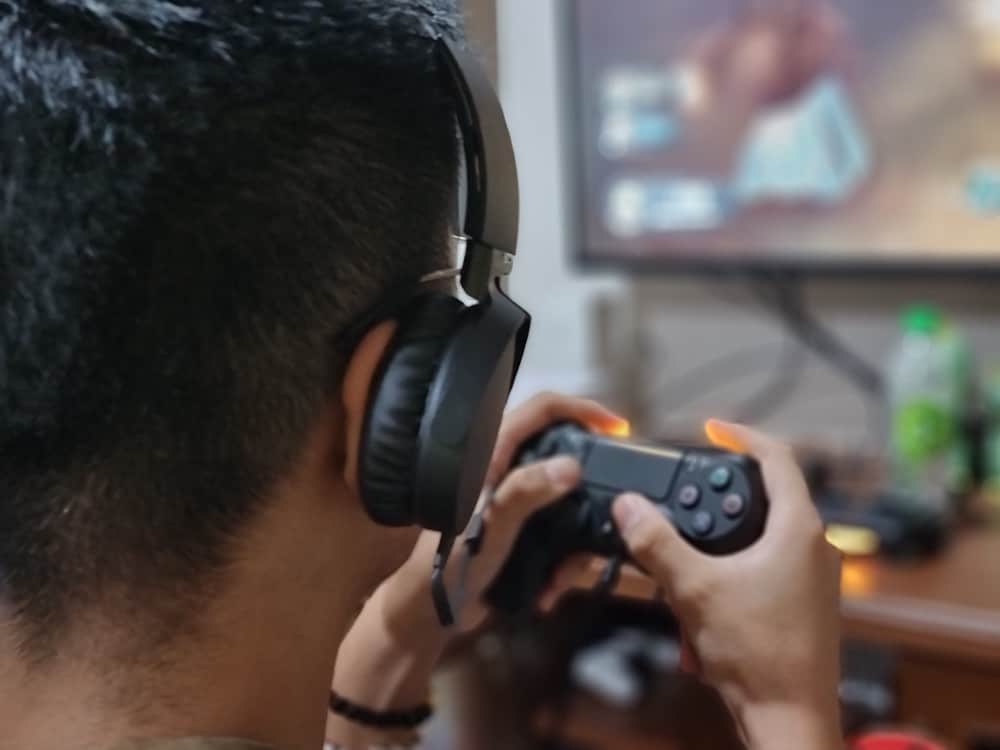

![Best CS:GO Headsets in [year] 27 Best CS:GO Headsets in 2026](https://www.gadgetreview.dev/wp-content/uploads/best-csgo-headset-image.jpg)
![Best Gaming Headset for Glasses Wearers in [year] 28 Best Gaming Headset for Glasses Wearers in 2026](https://www.gadgetreview.dev/wp-content/uploads/best-gaming-headset-for-glasses-wearers-image.jpg)
![Best Bose Gaming Headsets in [year] 29 Best Bose Gaming Headsets in 2026](https://www.gadgetreview.dev/wp-content/uploads/best-bose-gaming-headset-image.jpg)
![Best Gaming Headsets for Big Heads in [year] 30 Best Gaming Headsets for Big Heads in 2026](https://www.gadgetreview.dev/wp-content/uploads/best-gaming-headset-for-big-heads-image.jpg)
![Best HyperX Headsets in [year] 31 Best HyperX Headsets in 2026](https://www.gadgetreview.dev/wp-content/uploads/best-hyperx-headset-image.jpg)
![Best Open Back Gaming Headphones in [year] 32 Best Open Back Gaming Headphones in 2026](https://www.gadgetreview.dev/wp-content/uploads/best-open-back-gaming-headphones-image.jpg)
![Best Alienware Gaming Headsets in [year] 33 Best Alienware Gaming Headsets in 2026](https://www.gadgetreview.dev/wp-content/uploads/best-alienware-gaming-headset-image.jpg)
![Best Audiophile Gaming Headphones in [year] 34 Best Audiophile Gaming Headphones in 2026](https://www.gadgetreview.dev/wp-content/uploads/best-audiophile-gaming-headphones-image.jpg)
![Best Mics for PC Gaming in [year] 35 Best Mics for PC Gaming in 2026](https://www.gadgetreview.dev/wp-content/uploads/best-mic-for-pc-gaming-image.jpg)
![Best Gaming Headsets for Kids in [year] 36 Best Gaming Headsets for Kids in 2026](https://www.gadgetreview.dev/wp-content/uploads/best-gaming-headset-for-kids-image.jpg)
![Best USB Gaming Headsets in [year] 37 Best USB Gaming Headsets in 2026](https://www.gadgetreview.dev/wp-content/uploads/best-usb-gaming-headset-image.jpg)
![Best Headsets for Streaming in [year] 38 Best Headsets for Streaming in 2026](https://www.gadgetreview.dev/wp-content/uploads/best-headset-for-streaming-image.jpg)
![Best Headsets for Nintendo Switch in [year] 39 Best Headsets for Nintendo Switch in 2026](https://www.gadgetreview.dev/wp-content/uploads/best-headset-for-nintendo-switch-image.jpg)
![Best Headsets for Call of Duty in [year] 40 Best Headsets for Call of Duty in 2026](https://www.gadgetreview.dev/wp-content/uploads/best-headset-for-call-of-duty-image.jpg)
![Best Headsets for Fortnite in [year] 41 Best Headsets for Fortnite in 2026](https://www.gadgetreview.dev/wp-content/uploads/best-headset-for-fortnite-image.jpg)
![Best Logitech Headsets in [year] 42 Best Logitech Headsets in 2026](https://www.gadgetreview.dev/wp-content/uploads/best-logitech-headset-image.jpg)
![Best PS5 Headsets in [year] 43 Best PS5 Headsets in 2026](https://www.gadgetreview.dev/wp-content/uploads/best-ps5-headset-image.jpg)
![Best Sony Gaming Headsets in [year] 44 Best Sony Gaming Headsets in 2026](https://www.gadgetreview.dev/wp-content/uploads/best-sony-gaming-headset-image.jpg)
![Best LucidSound Gaming Headsets in [year] 45 Best LucidSound Gaming Headsets in 2026](https://www.gadgetreview.dev/wp-content/uploads/best-lucidsound-gaming-headset-image.jpg)
![Best Razer Gaming Headsets in [year] 46 Best Razer Gaming Headsets in 2026](https://www.gadgetreview.dev/wp-content/uploads/best-razer-gaming-headset-image.jpg)
